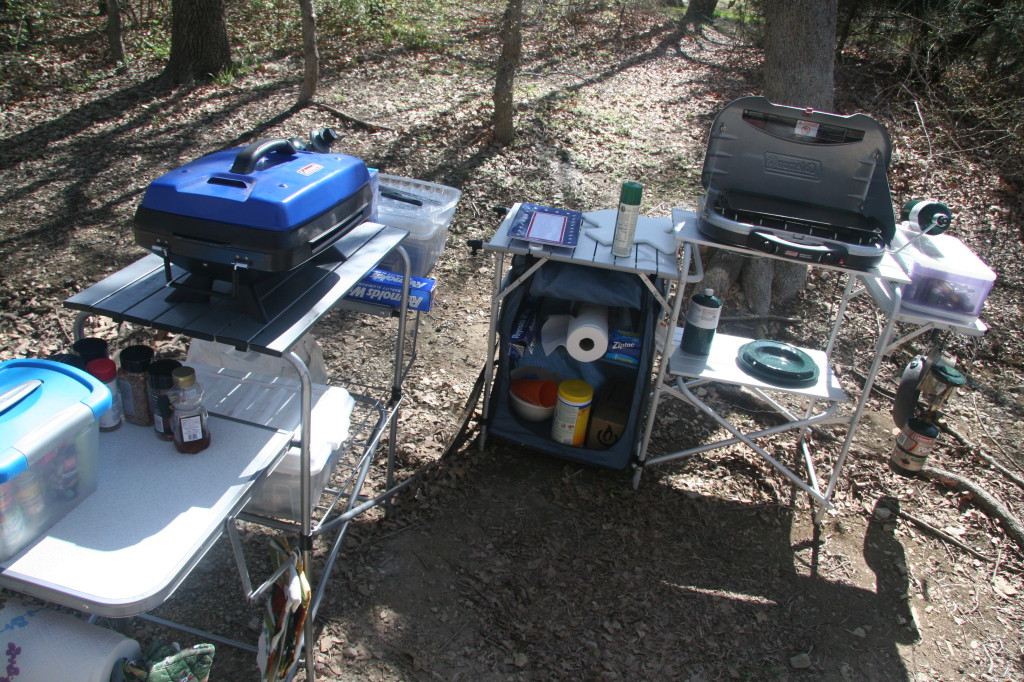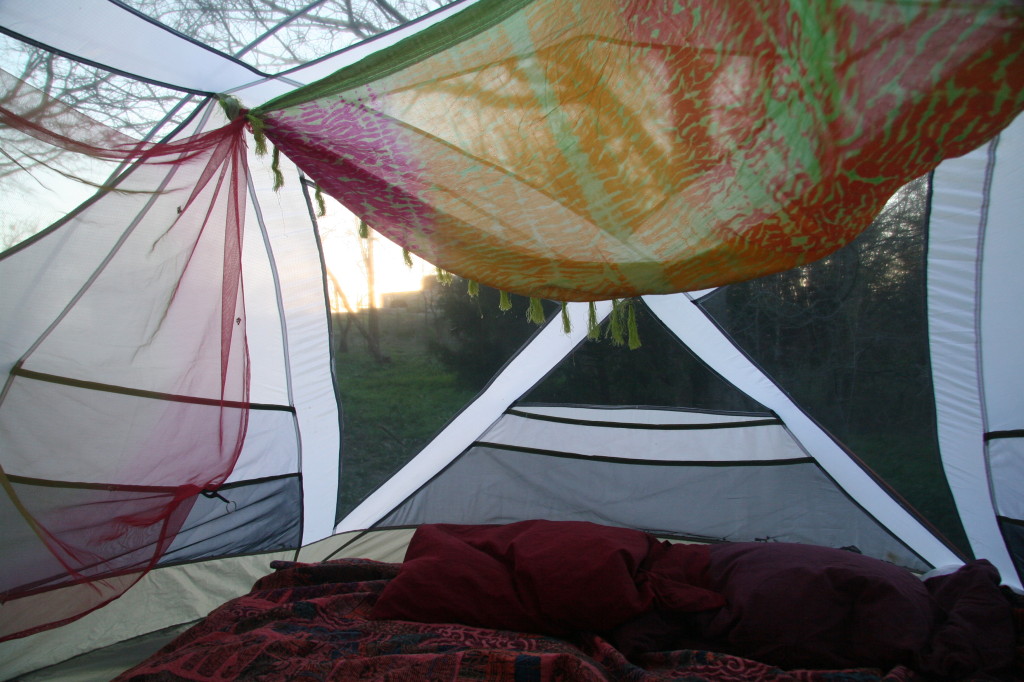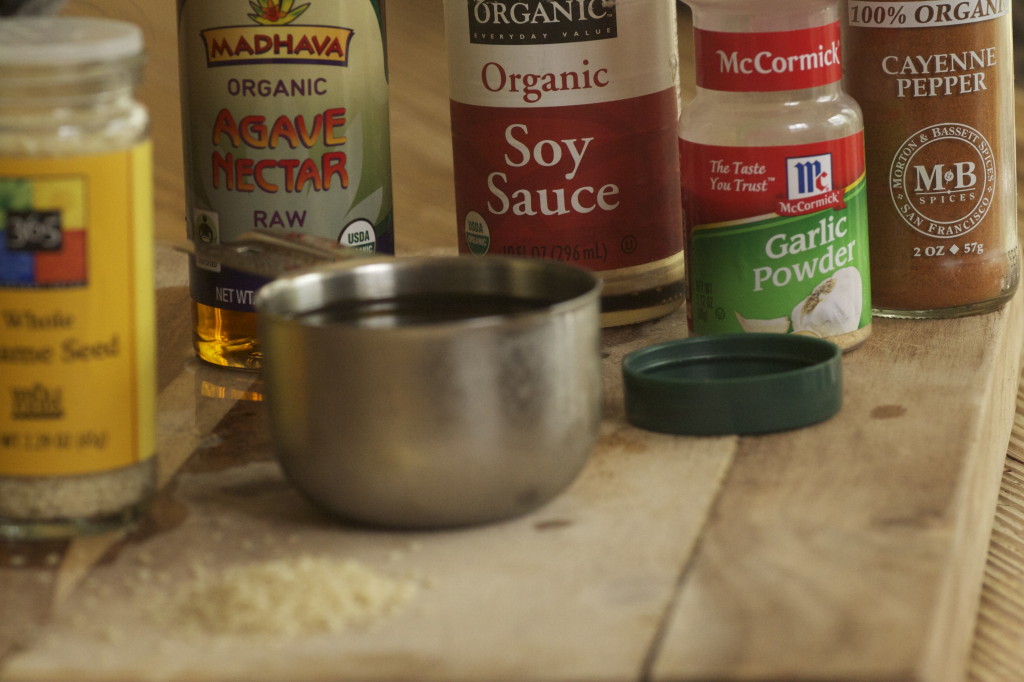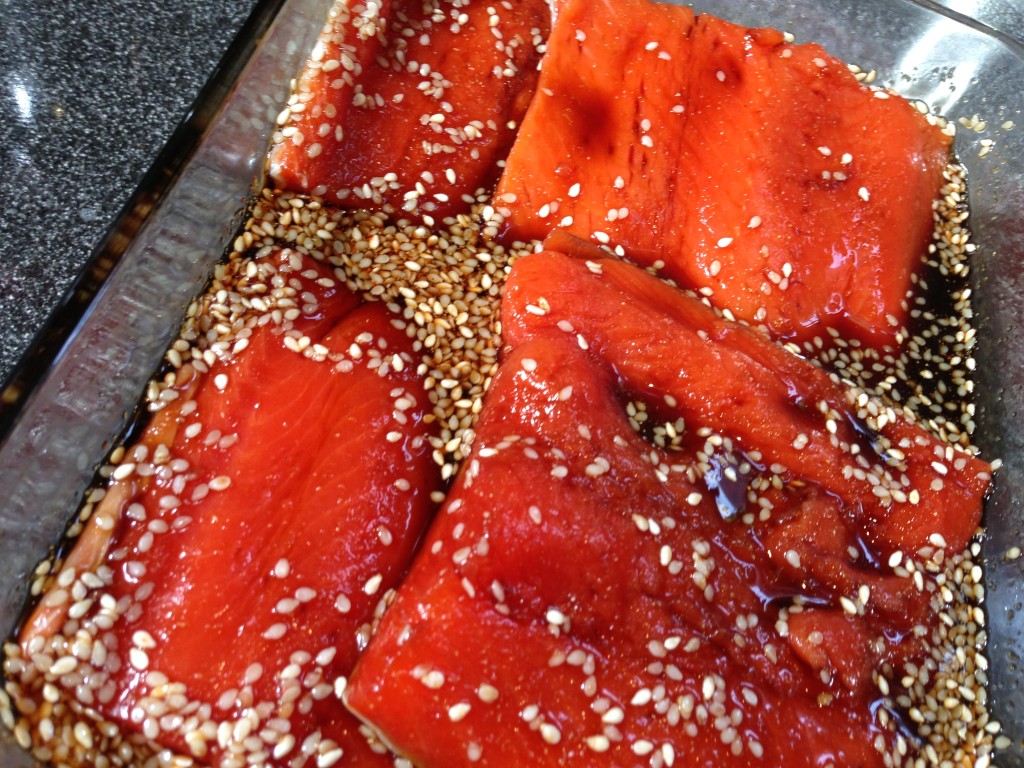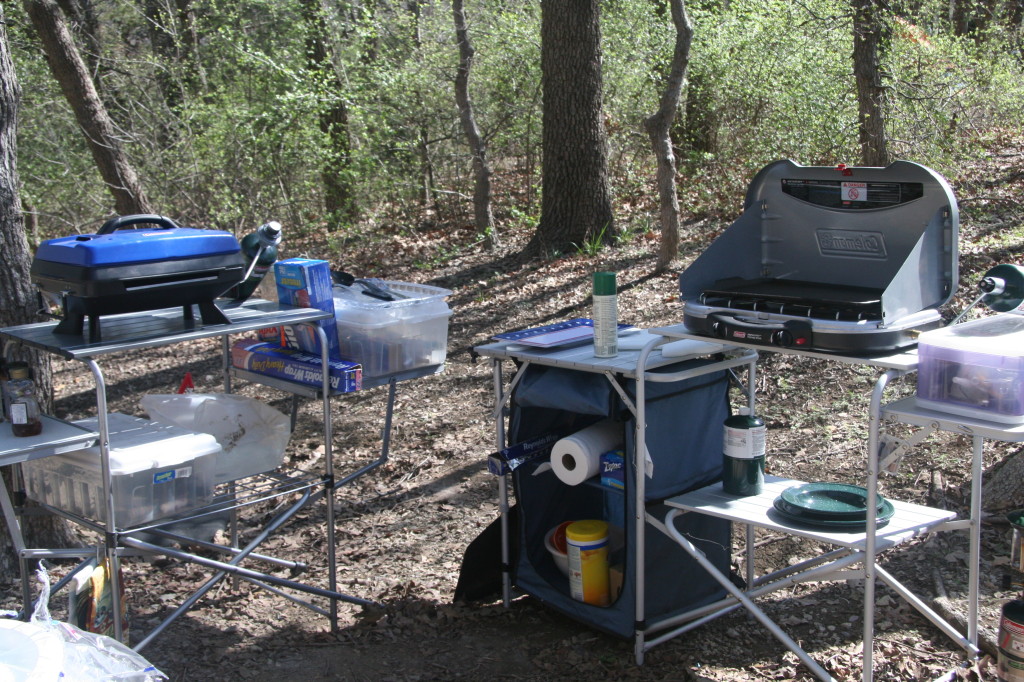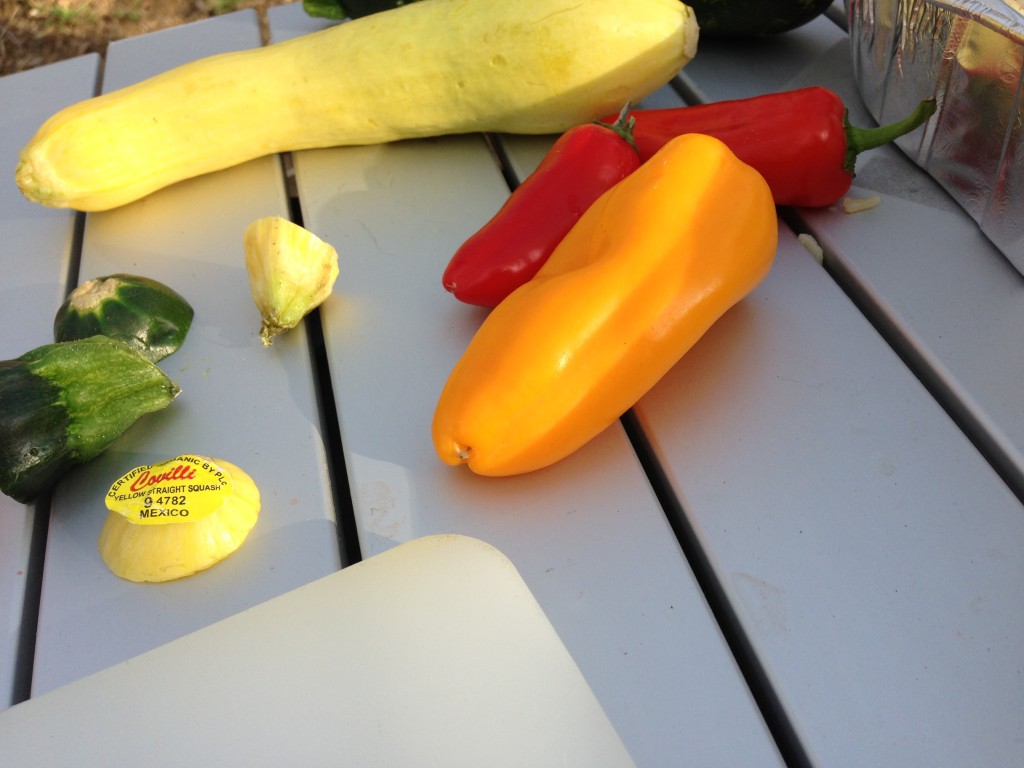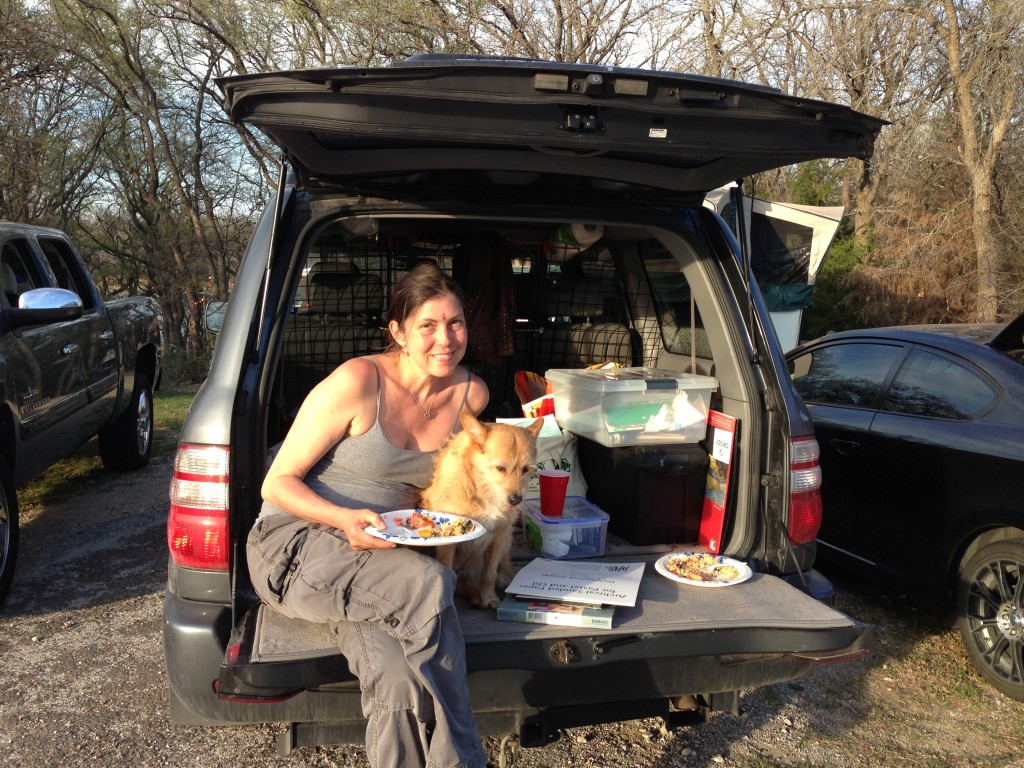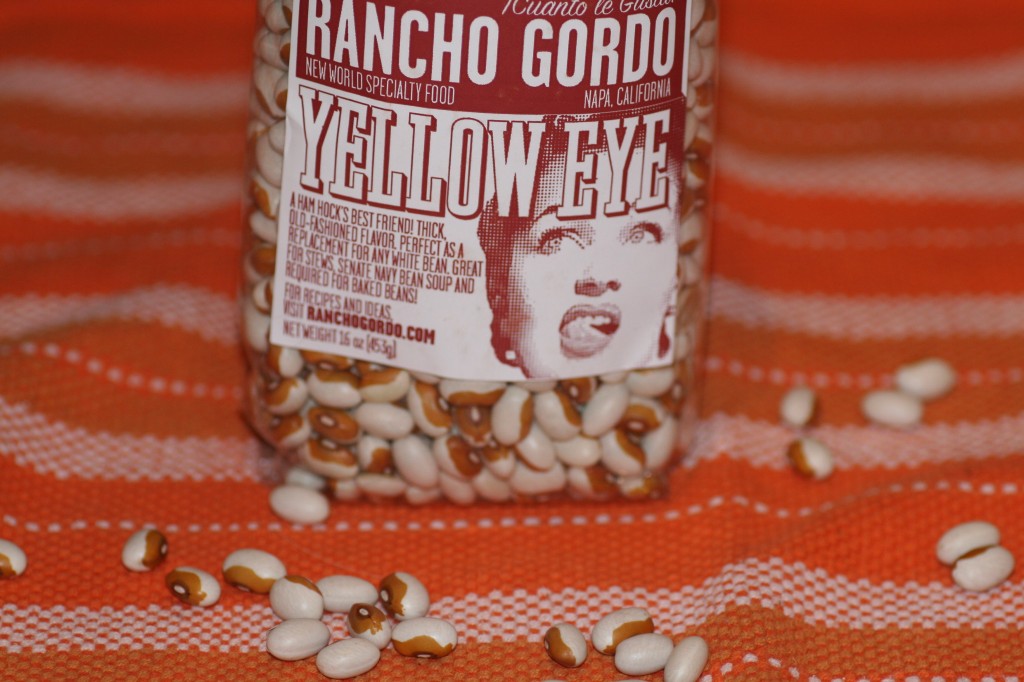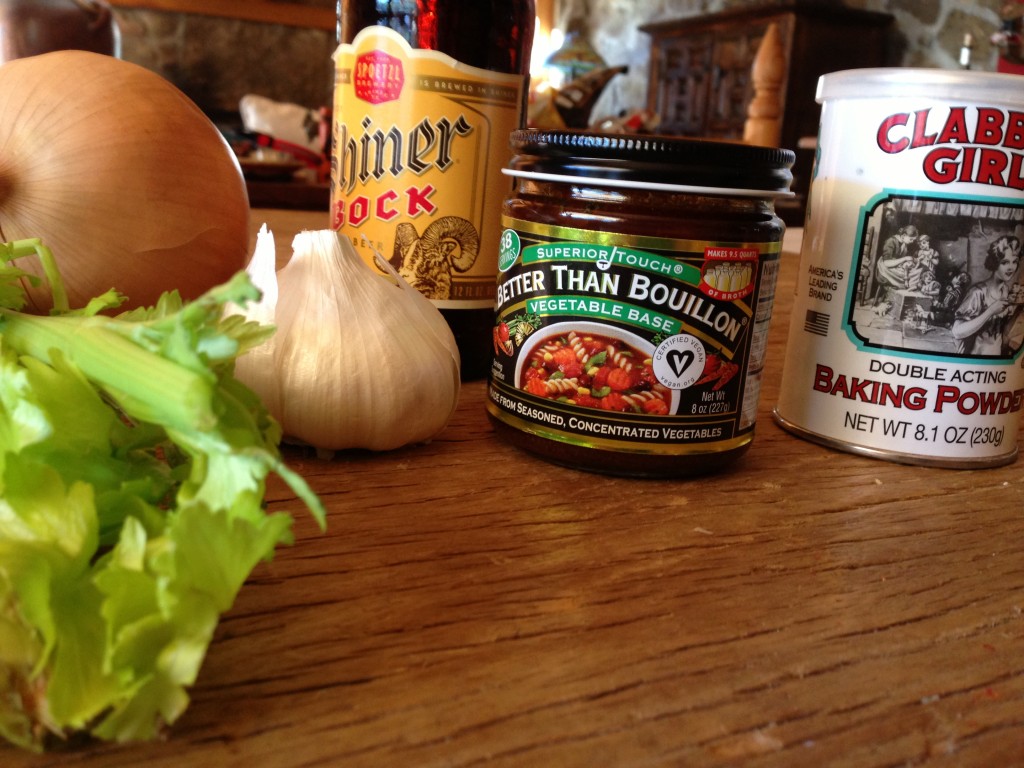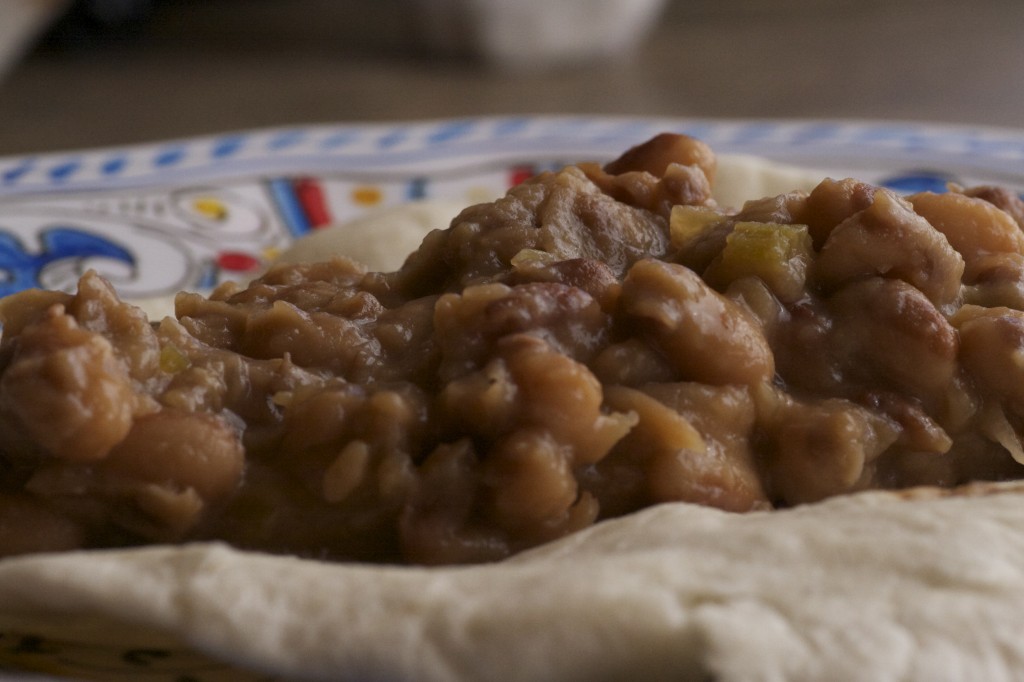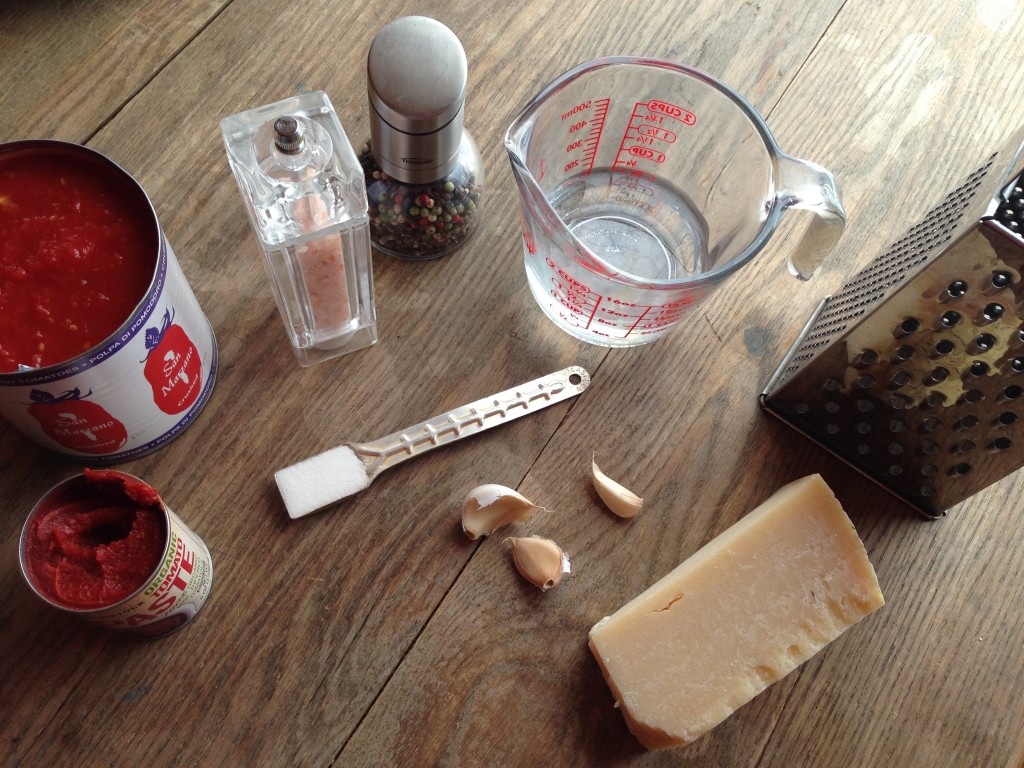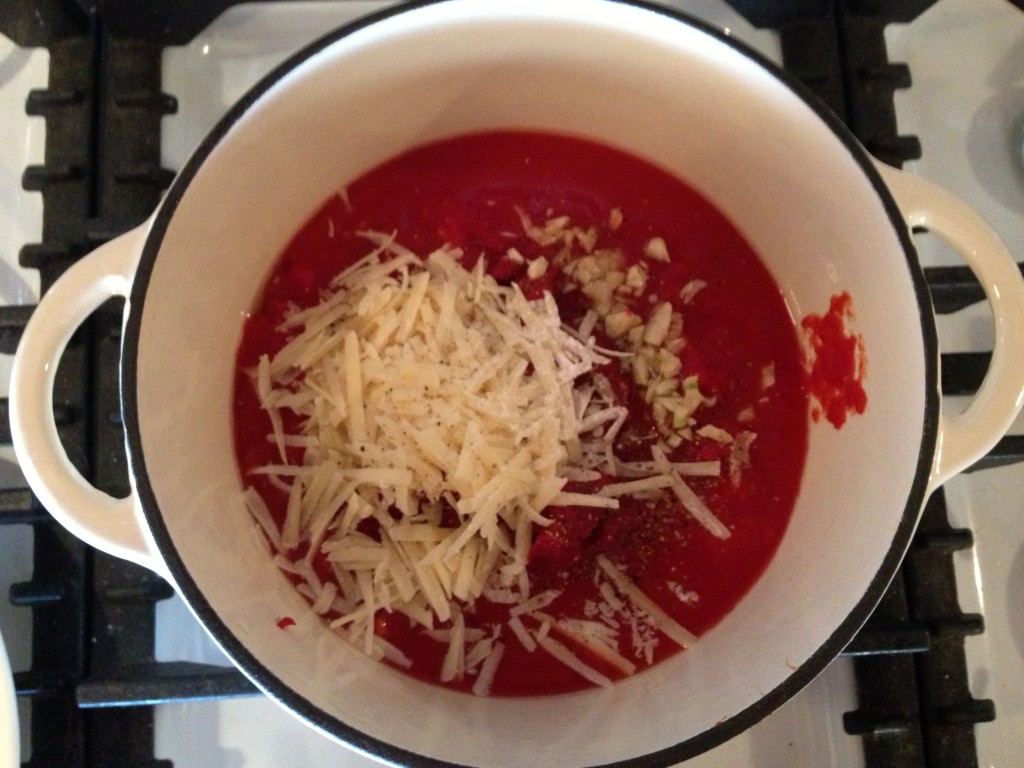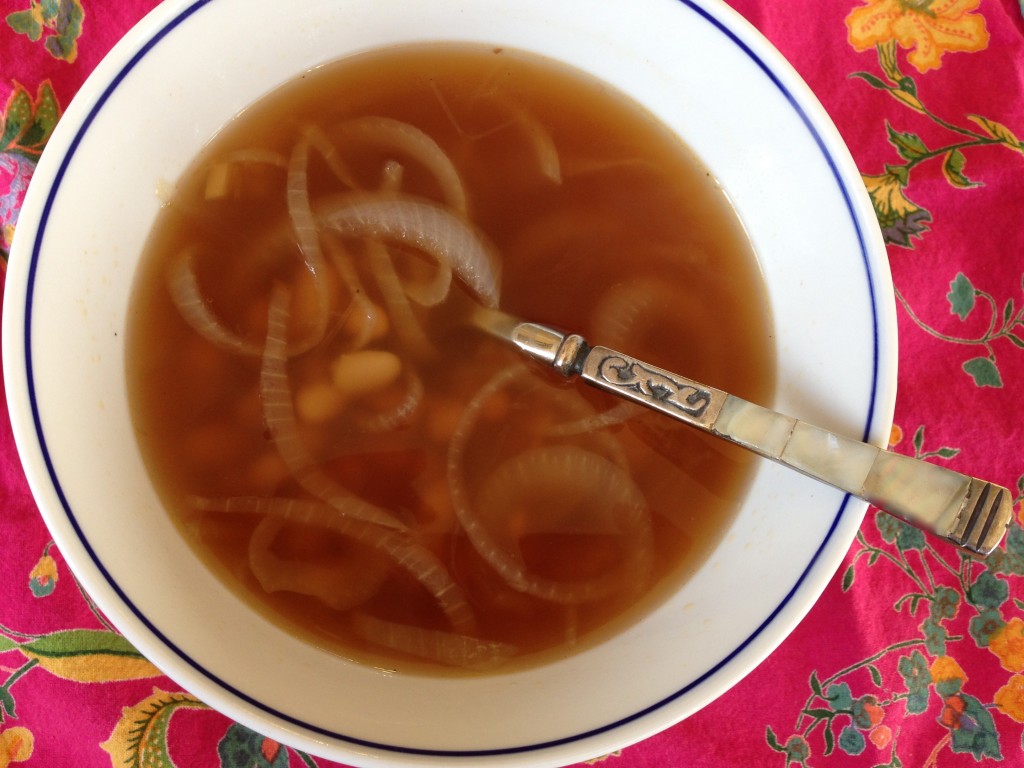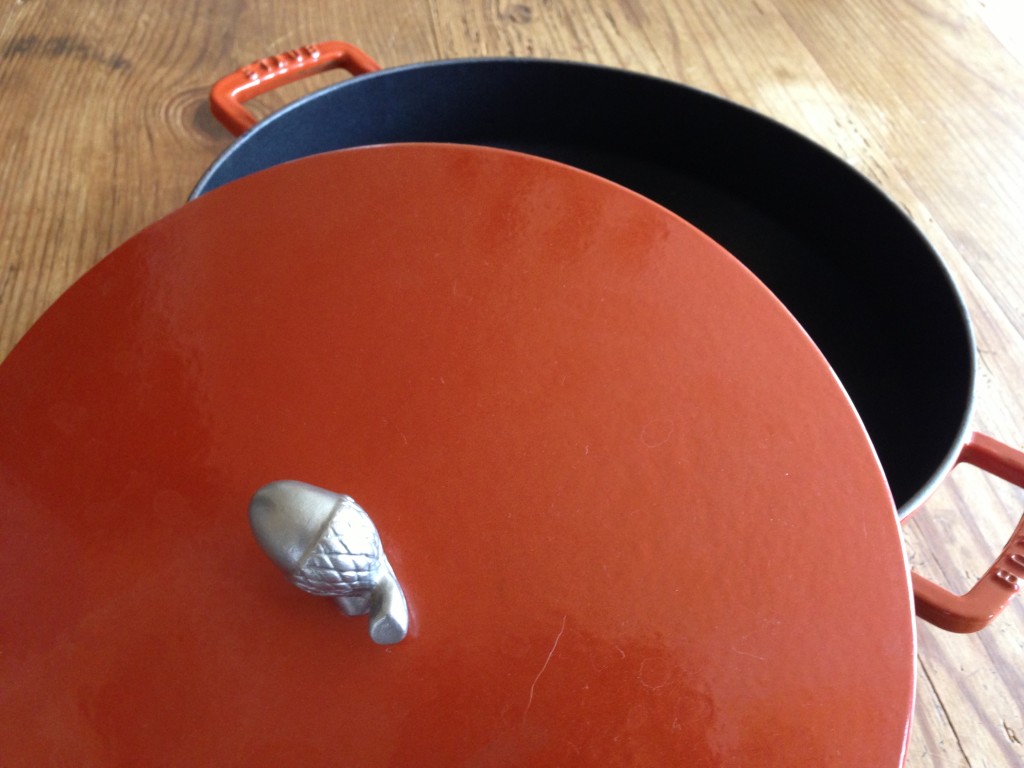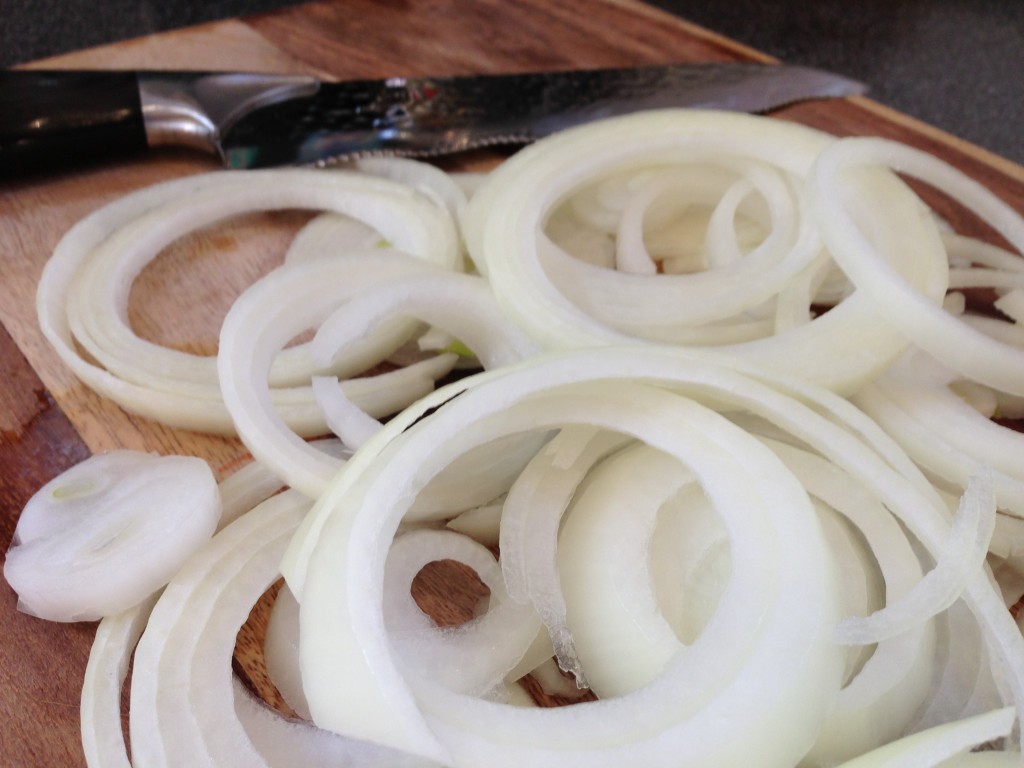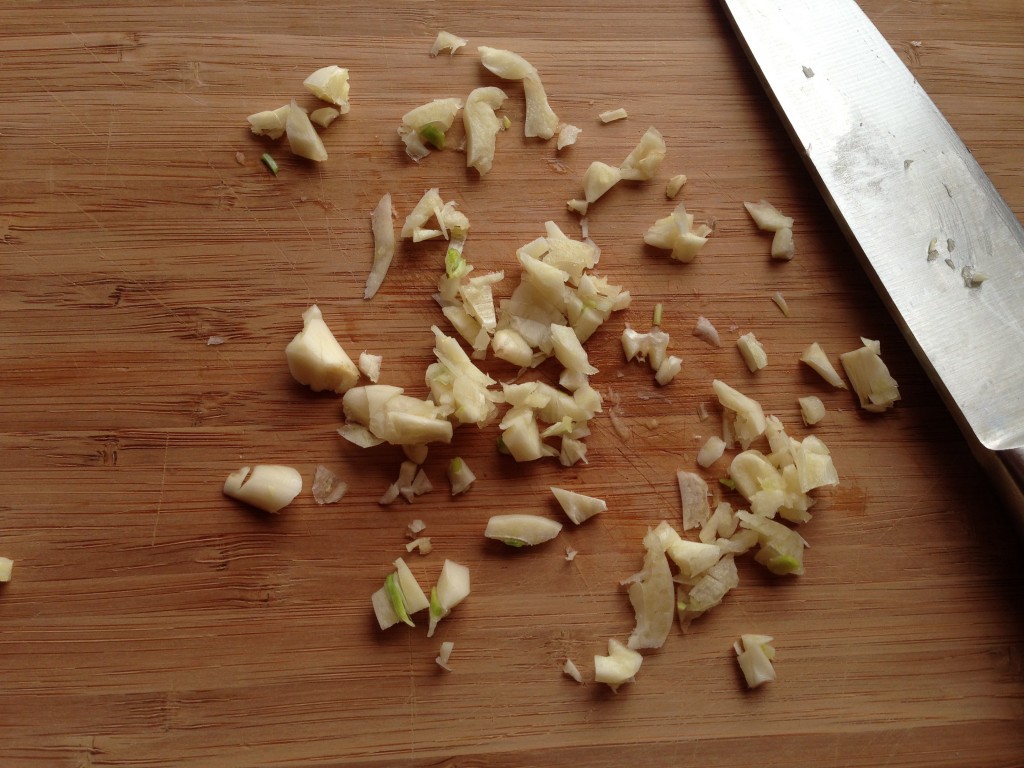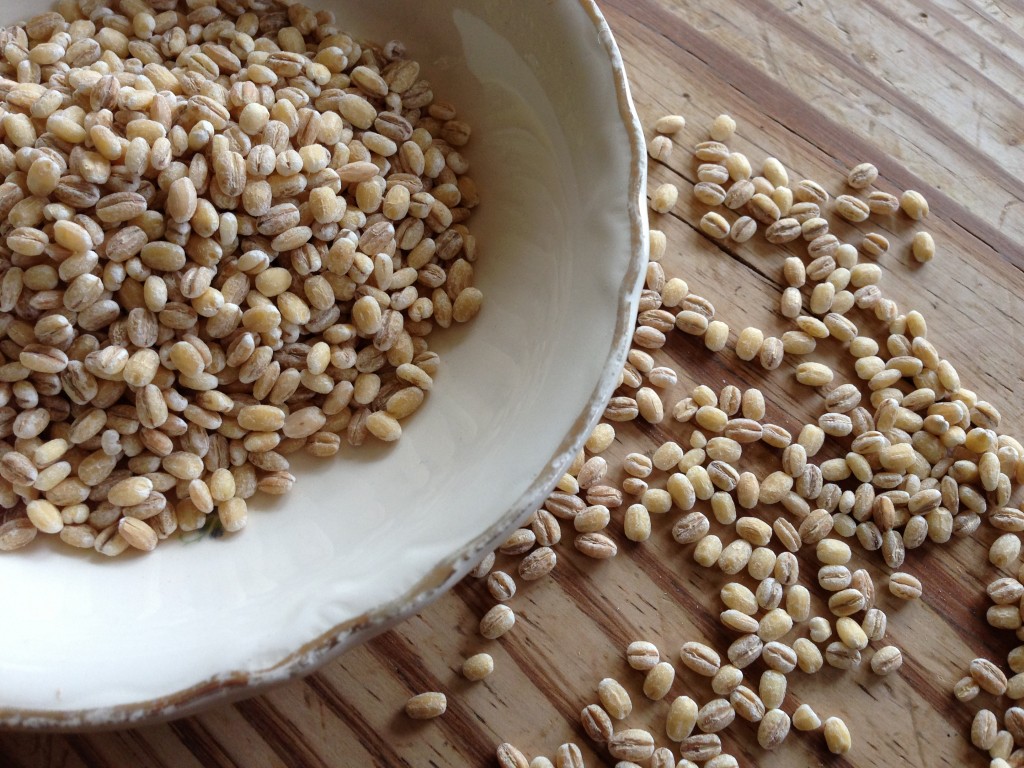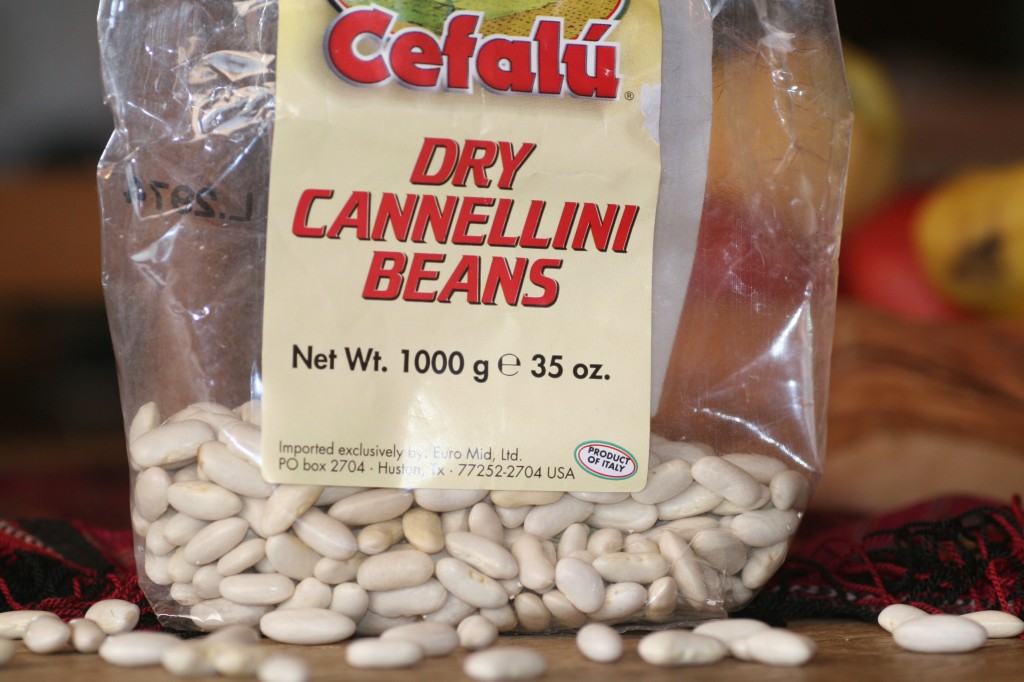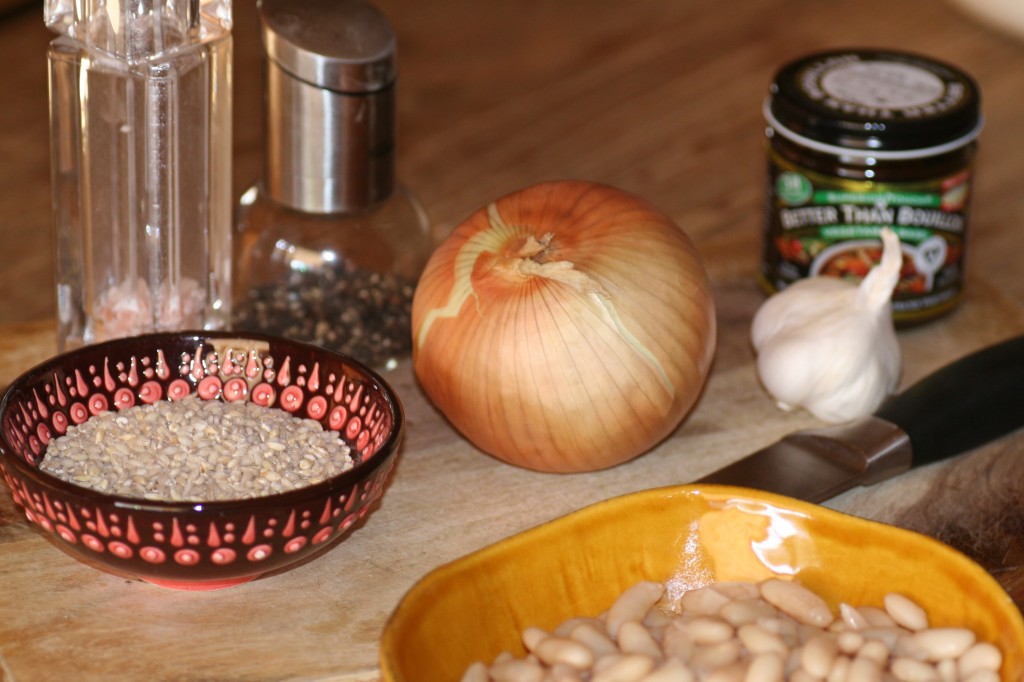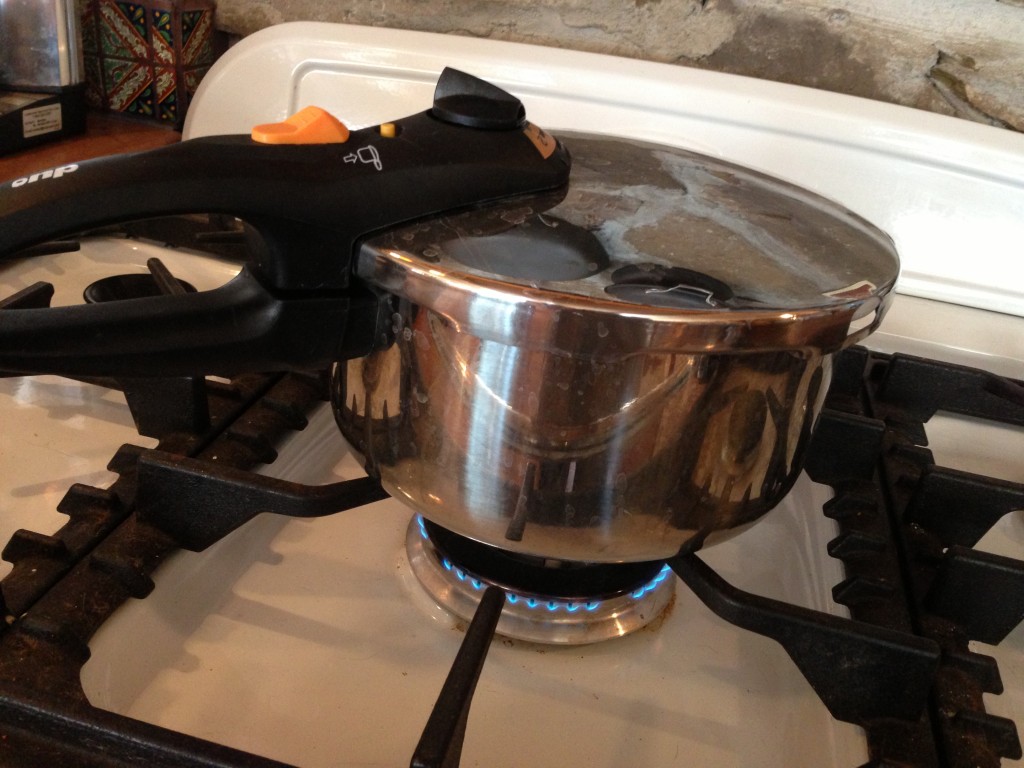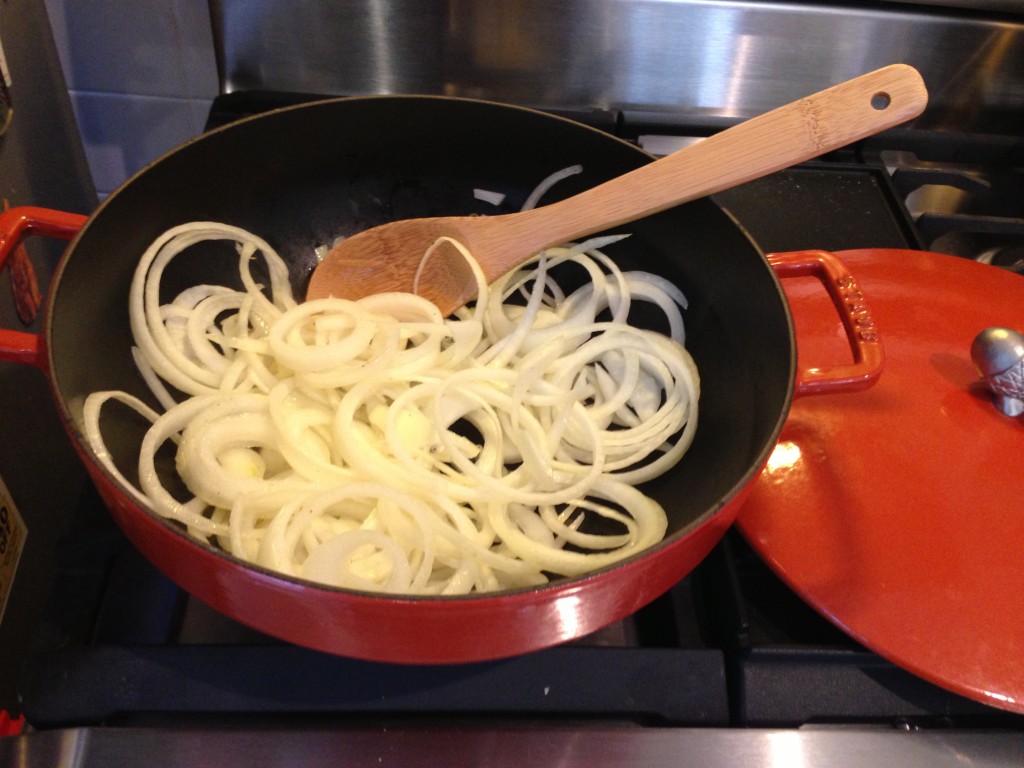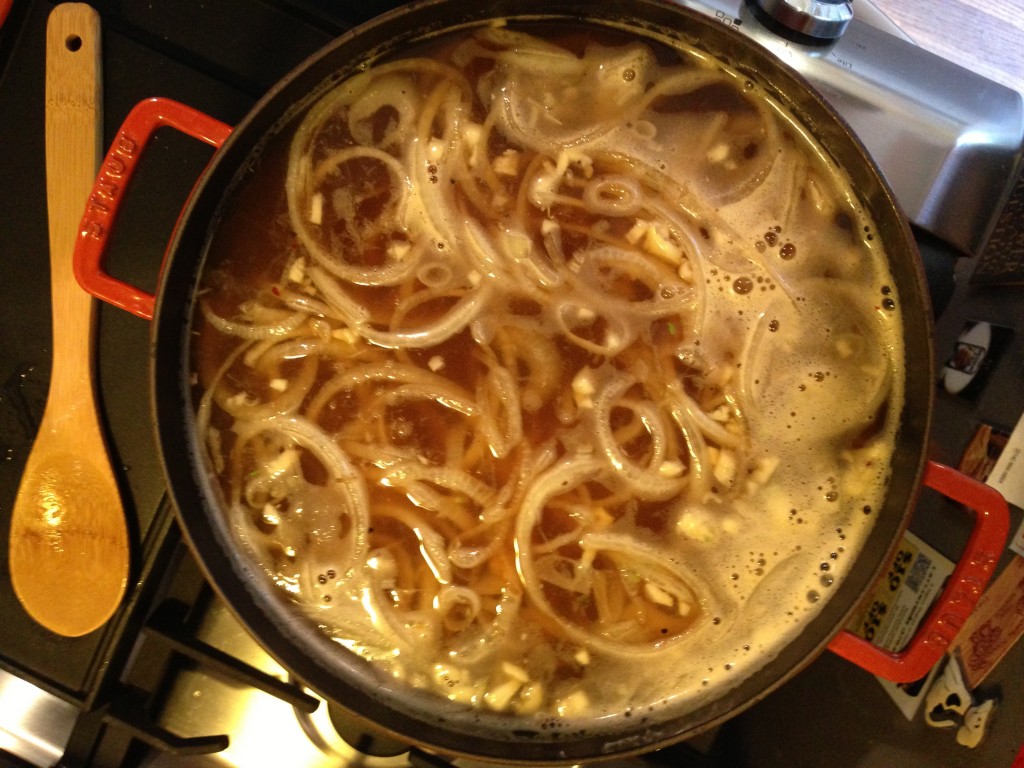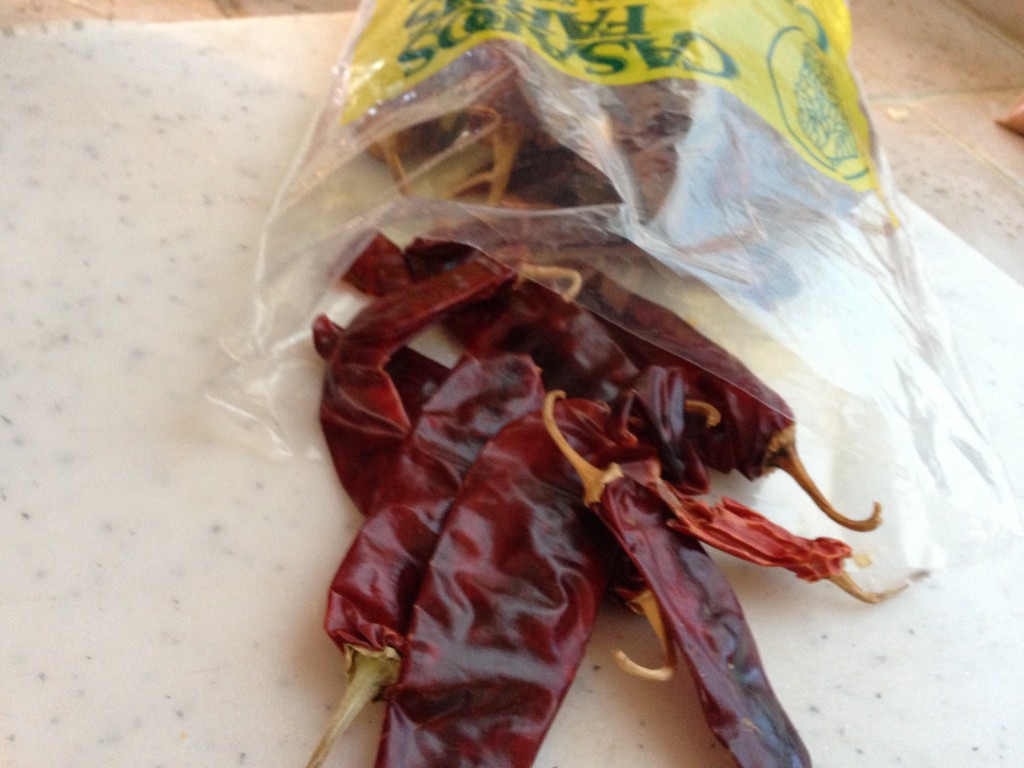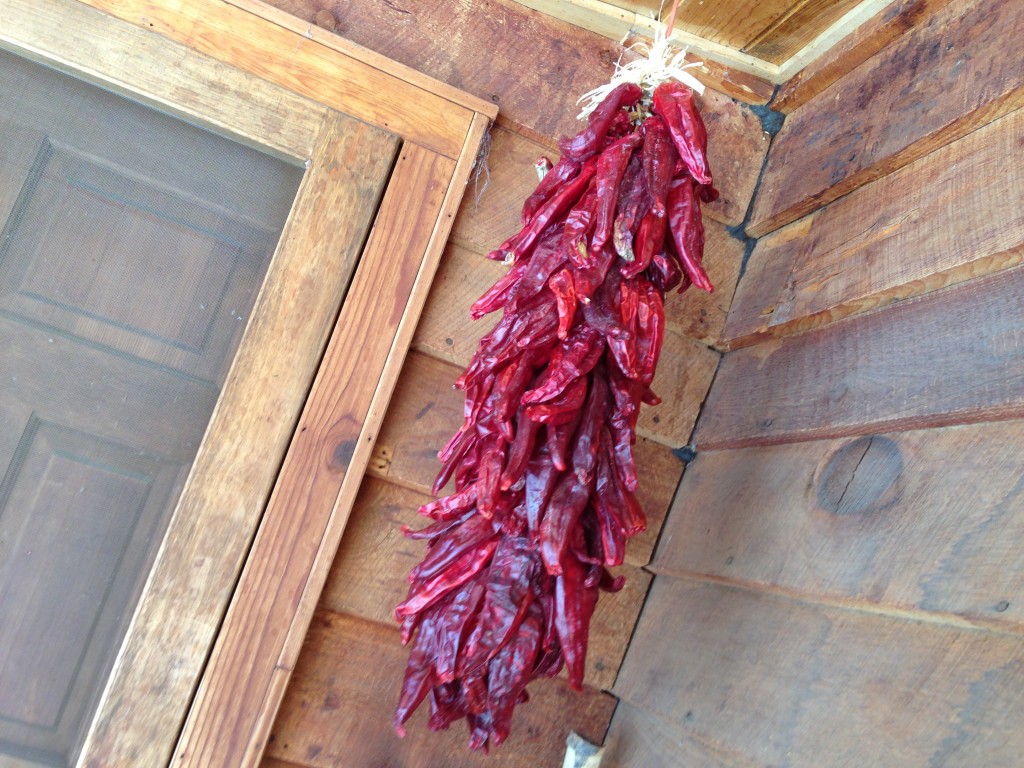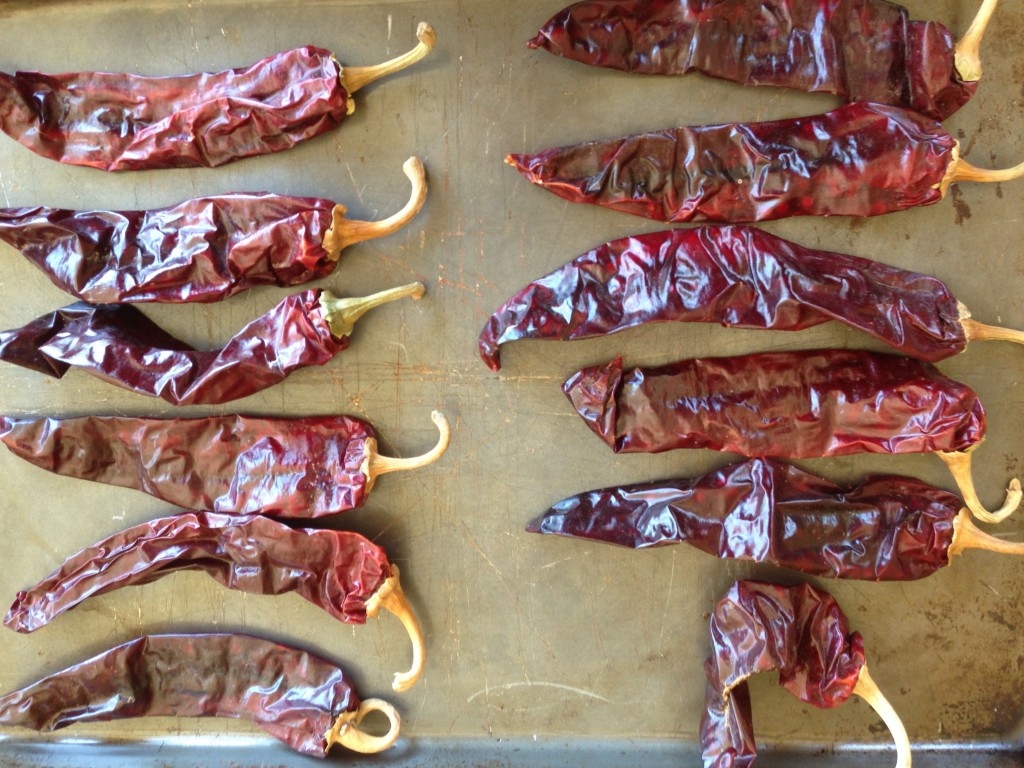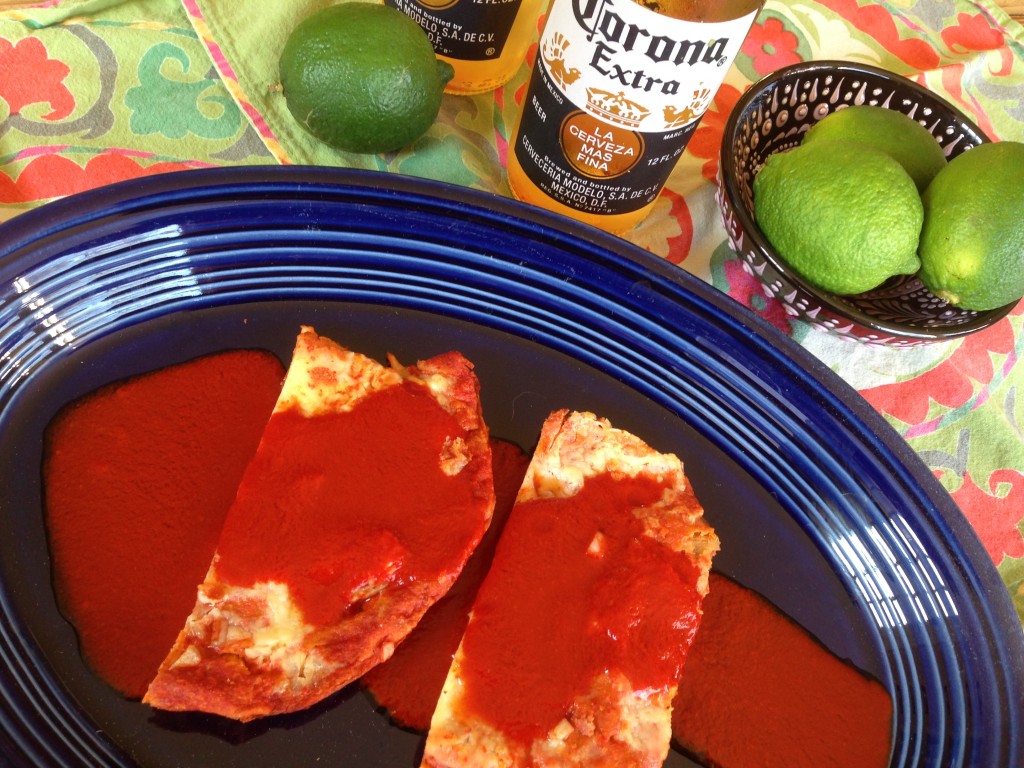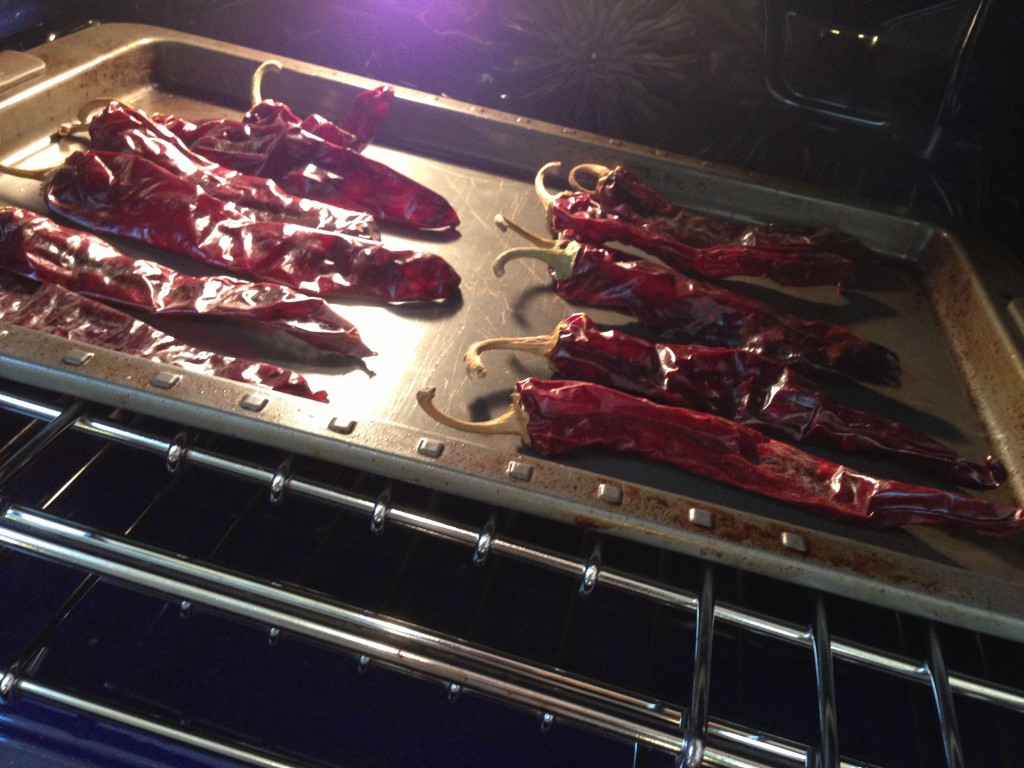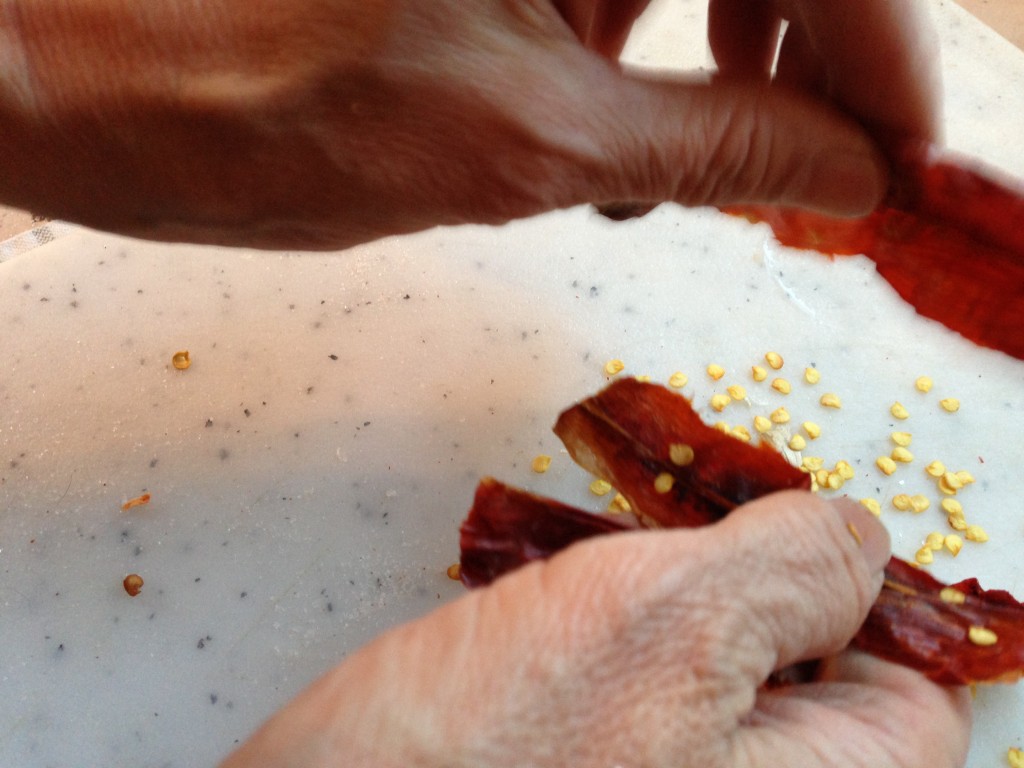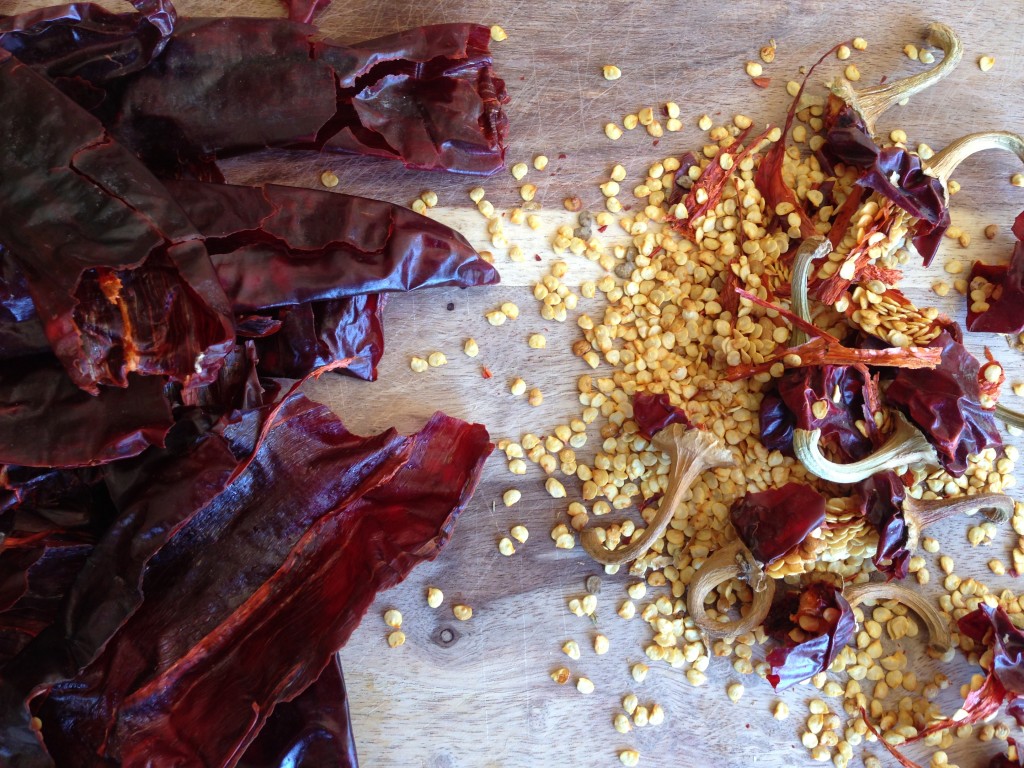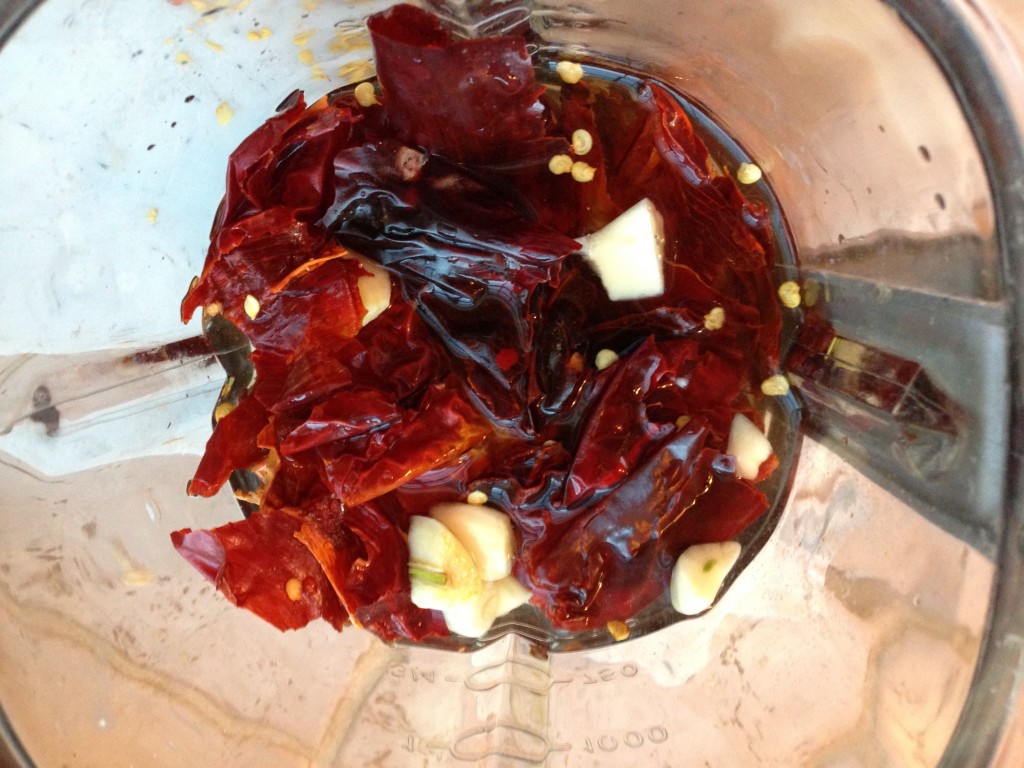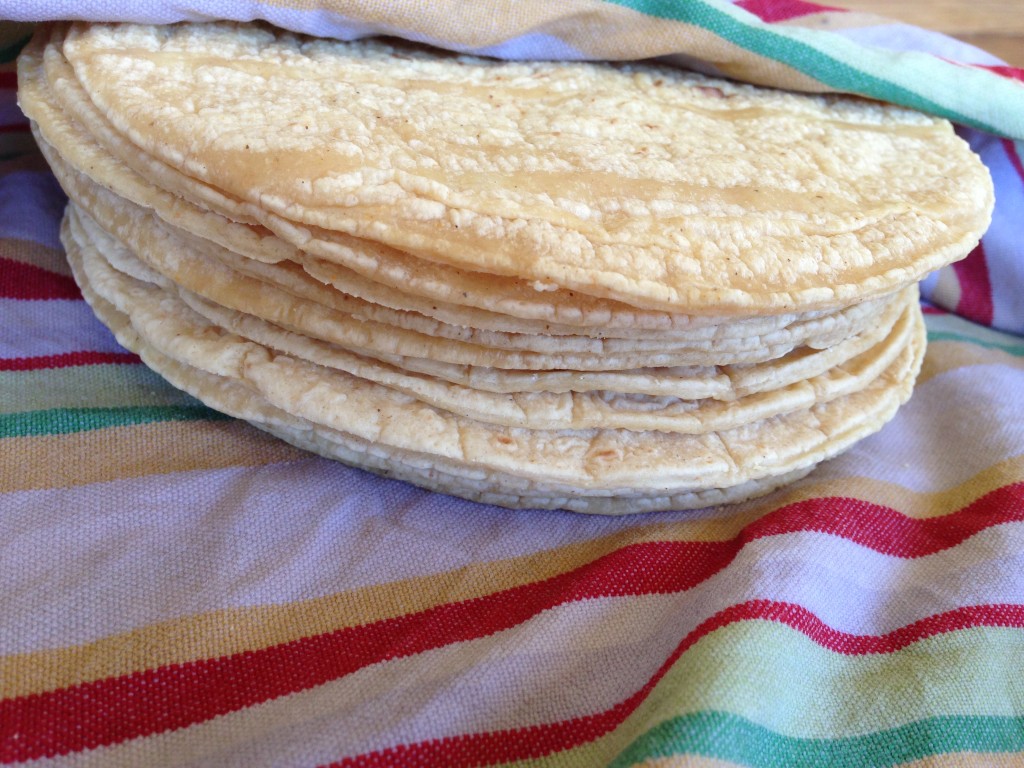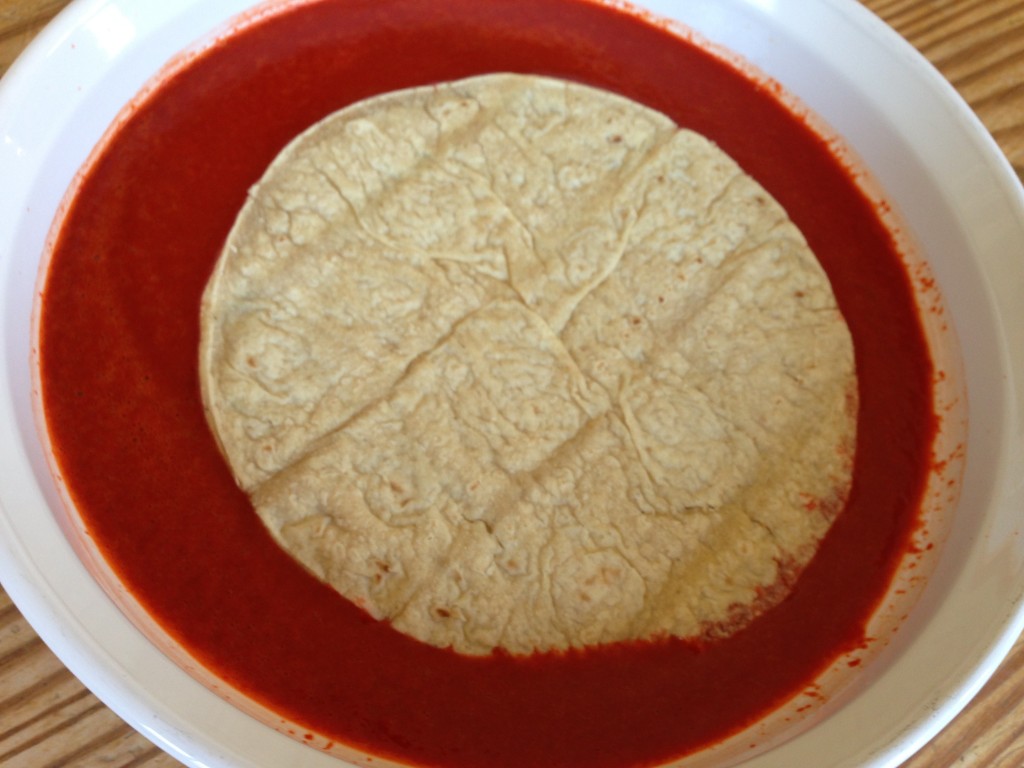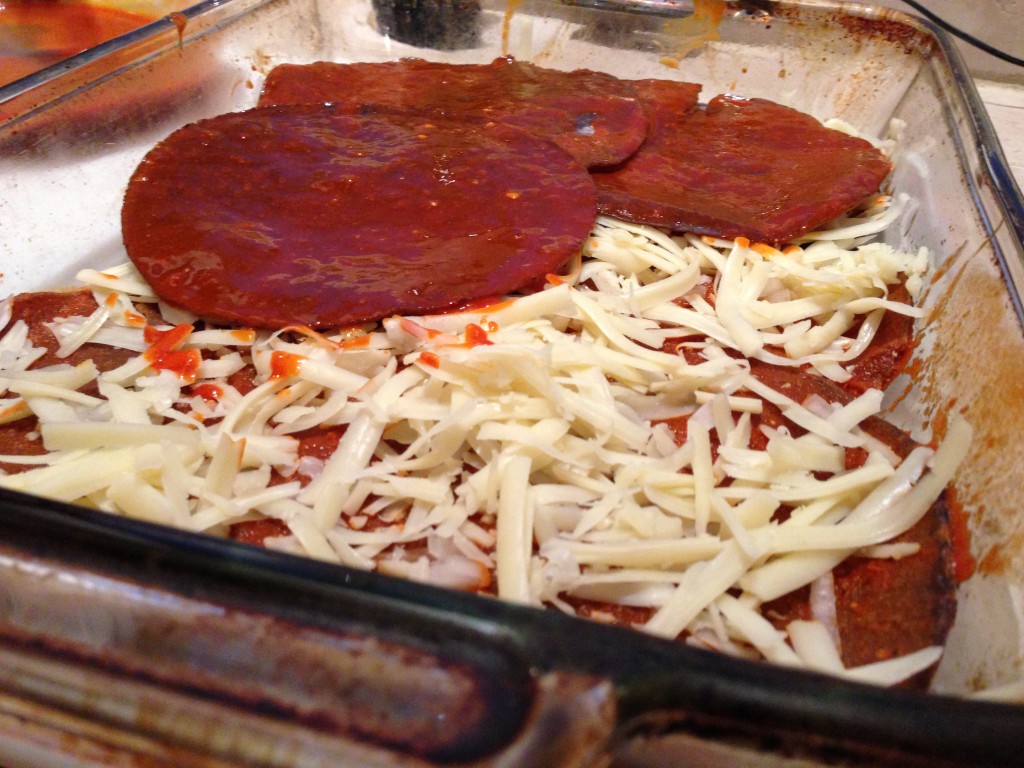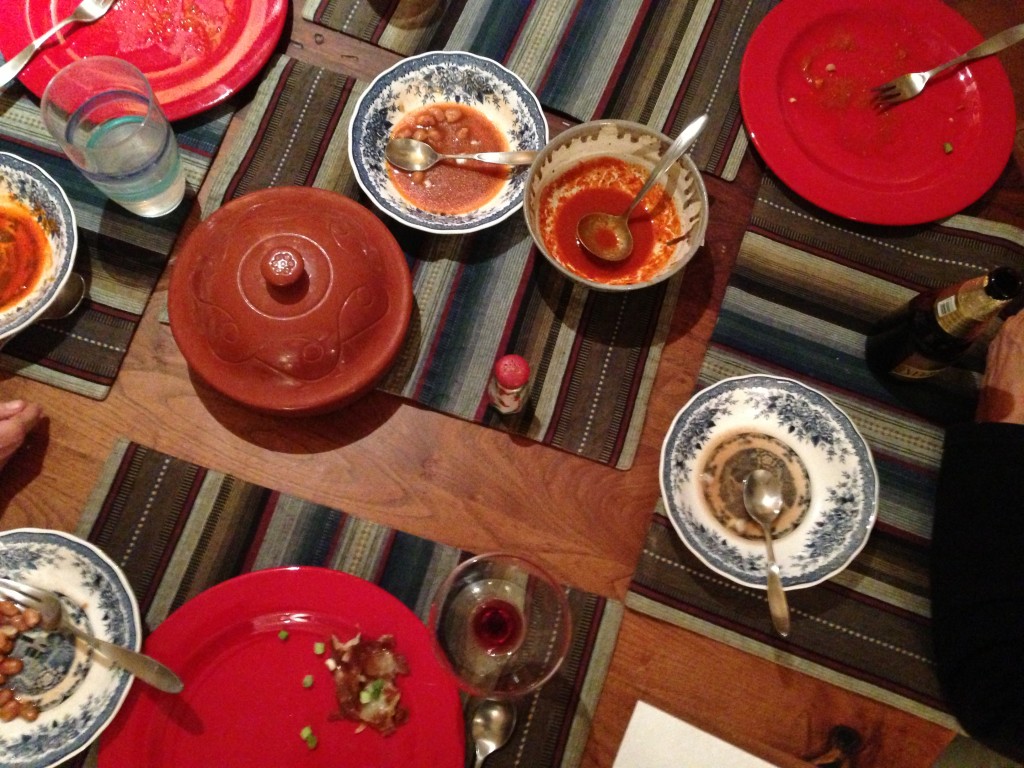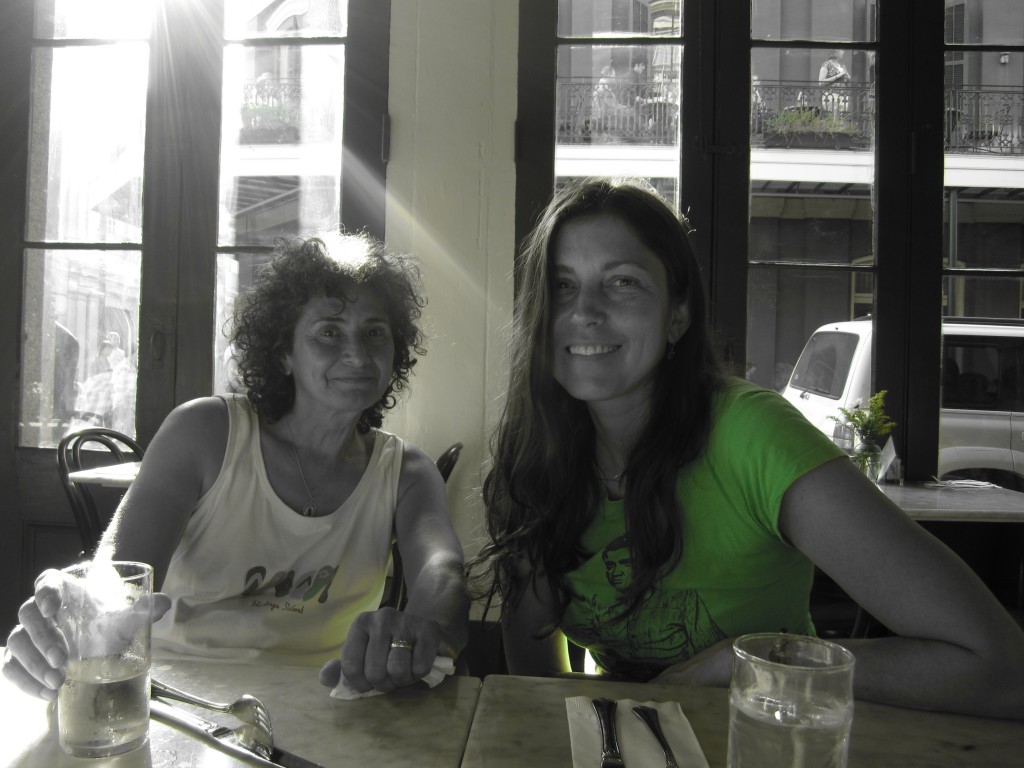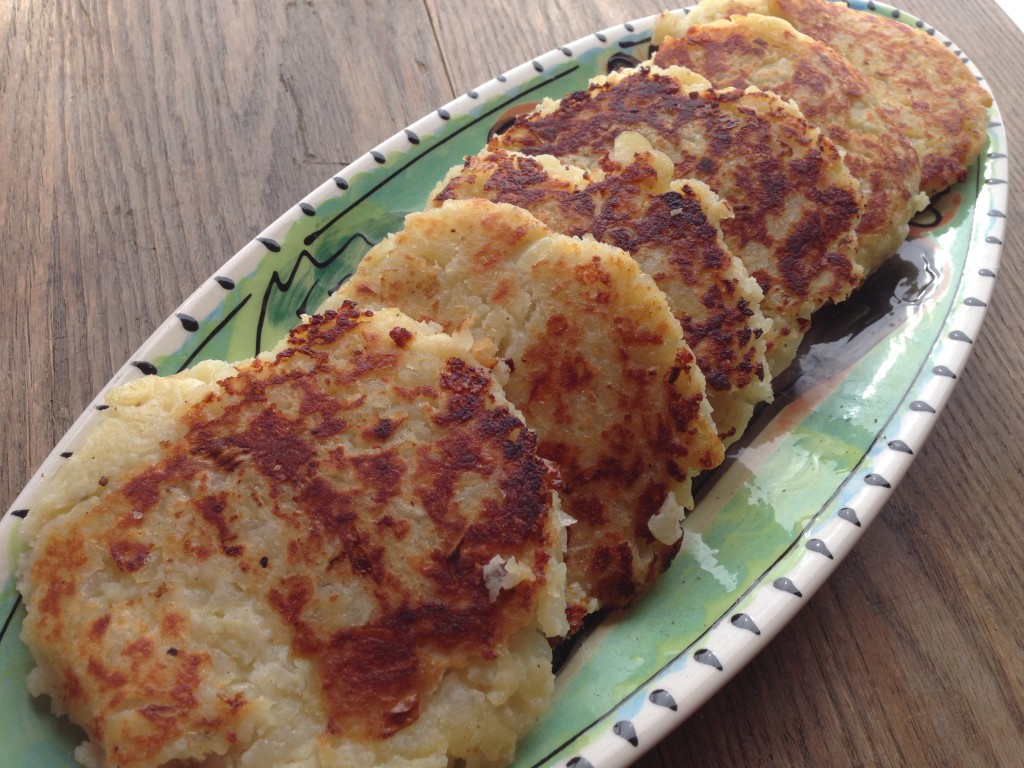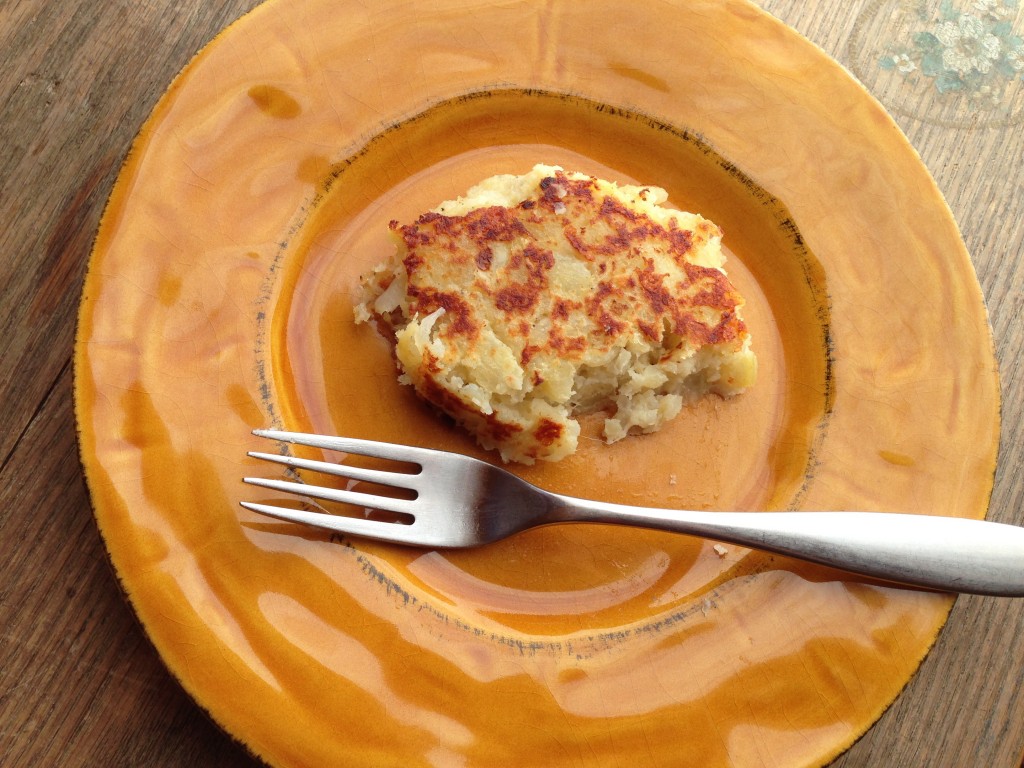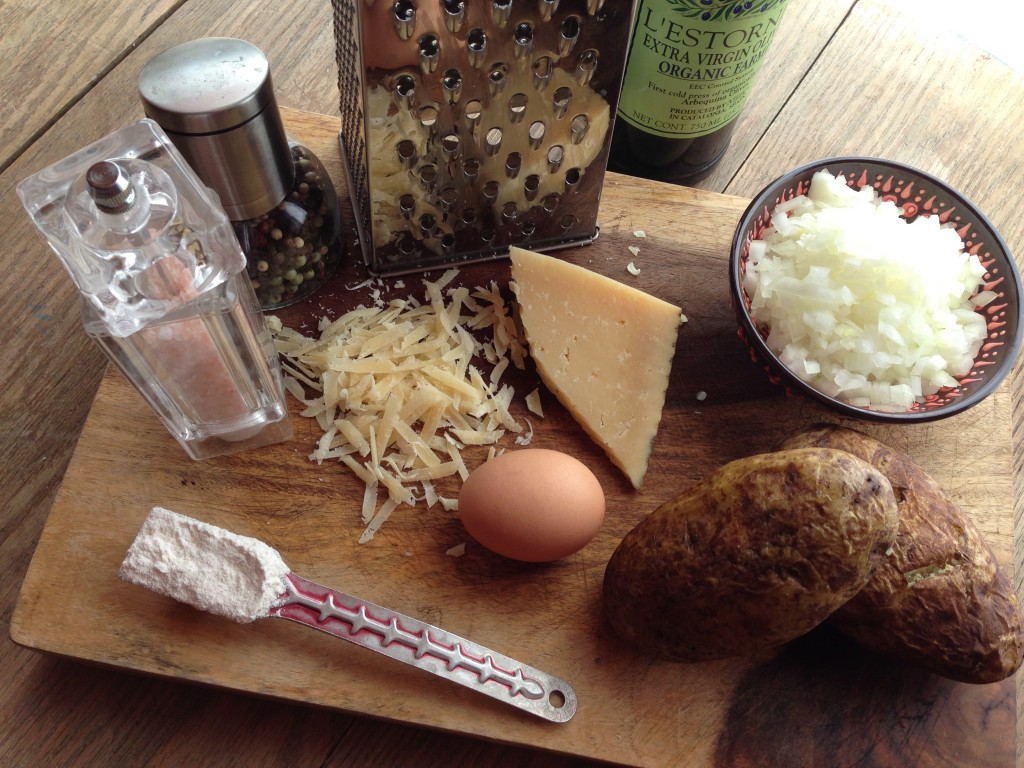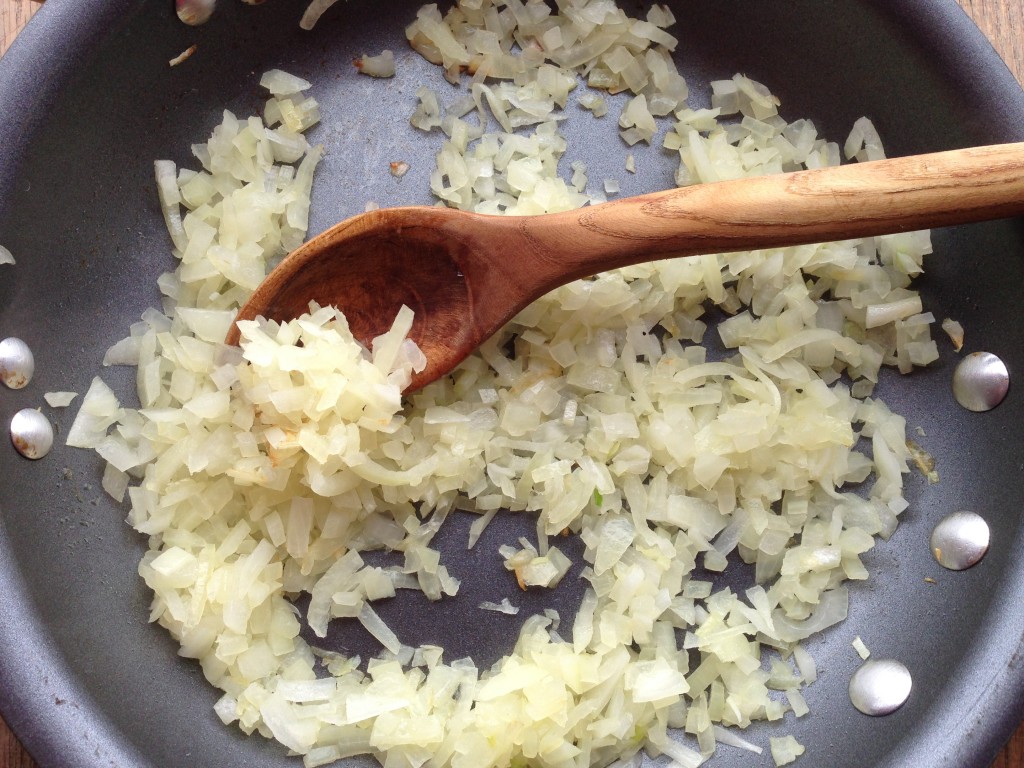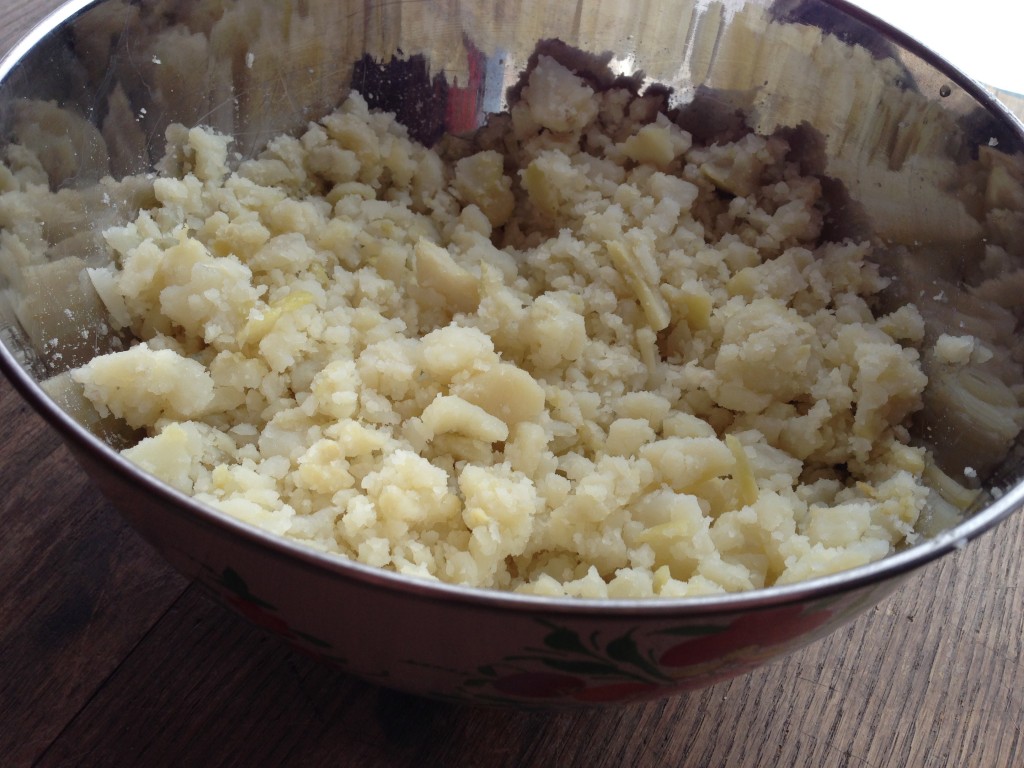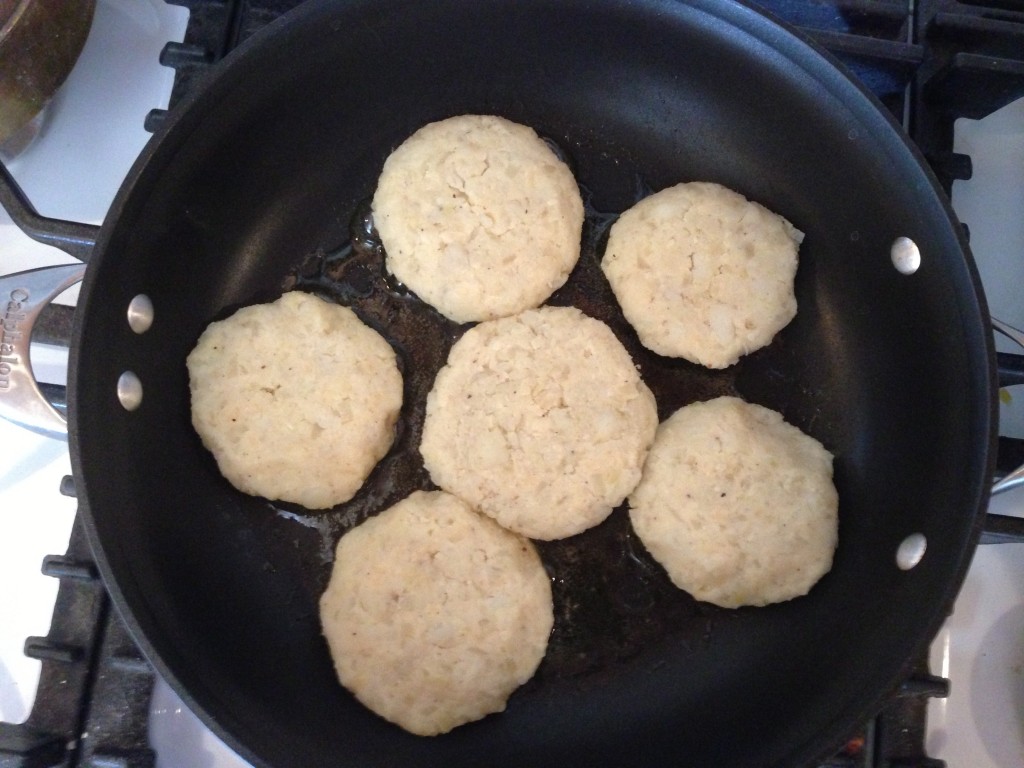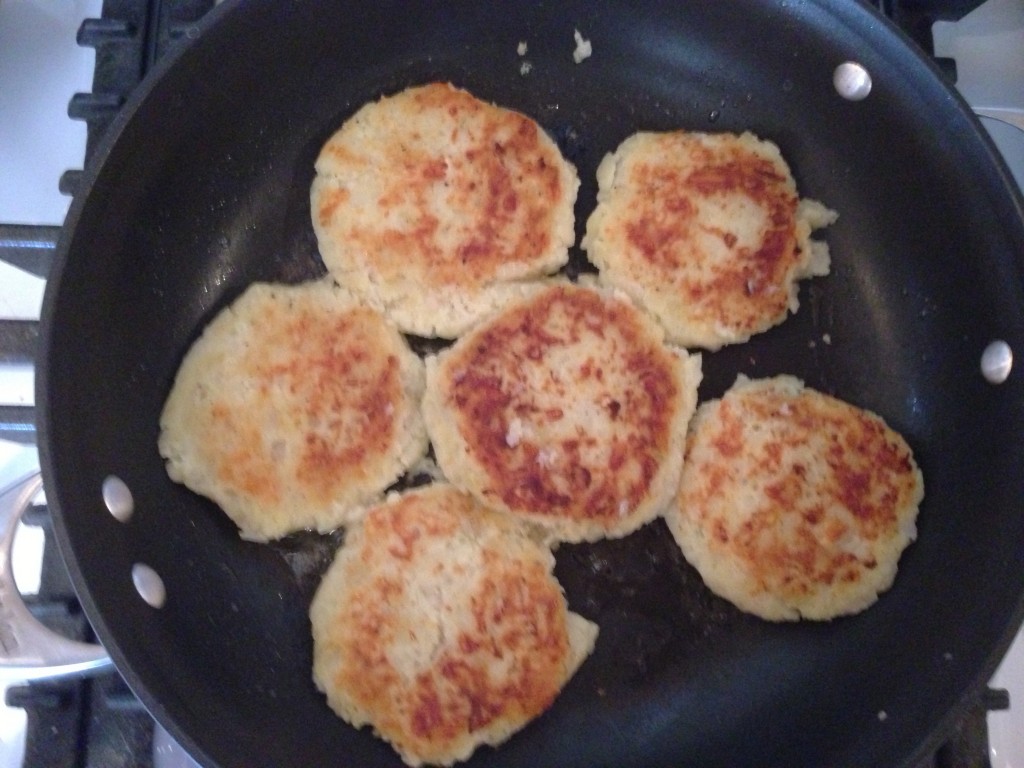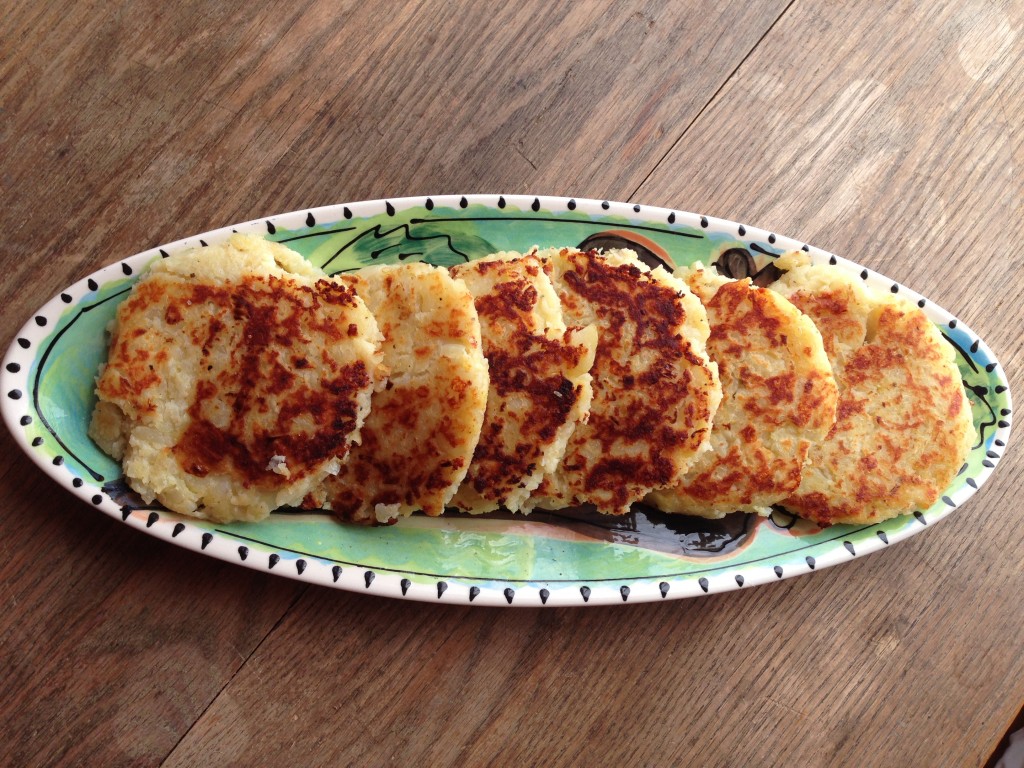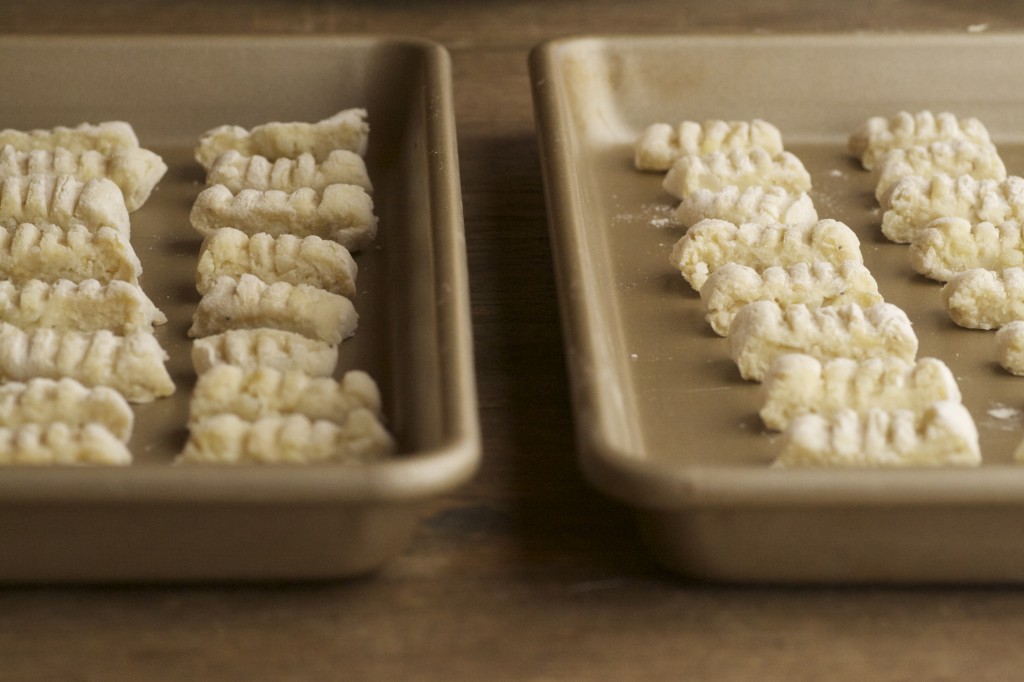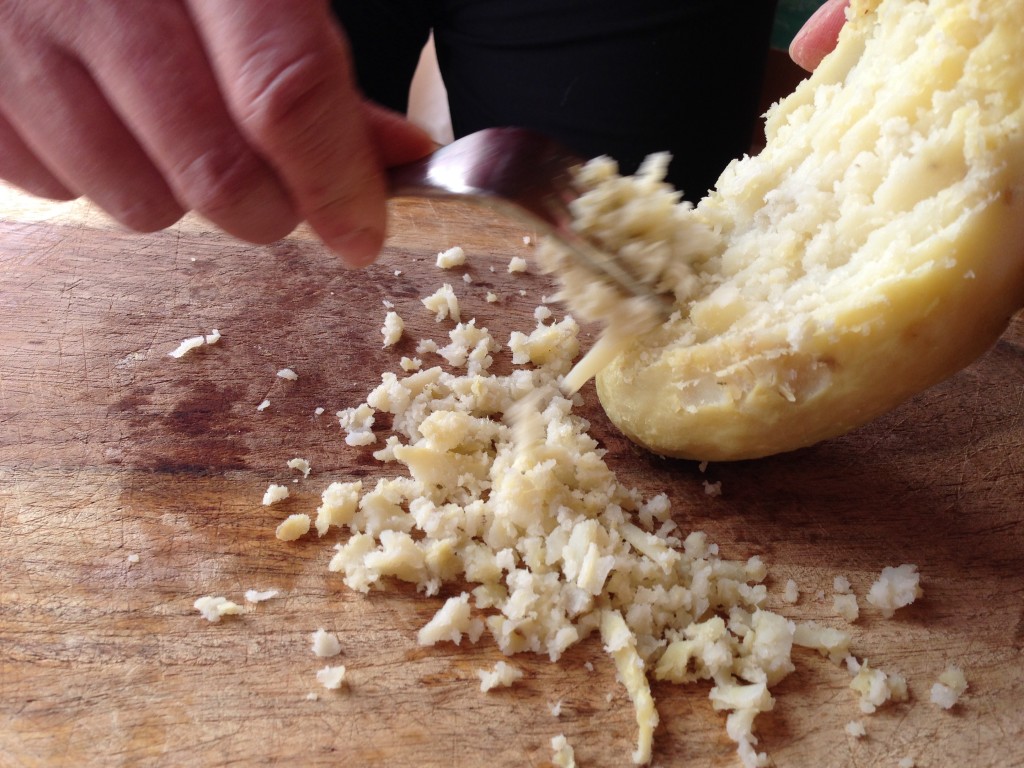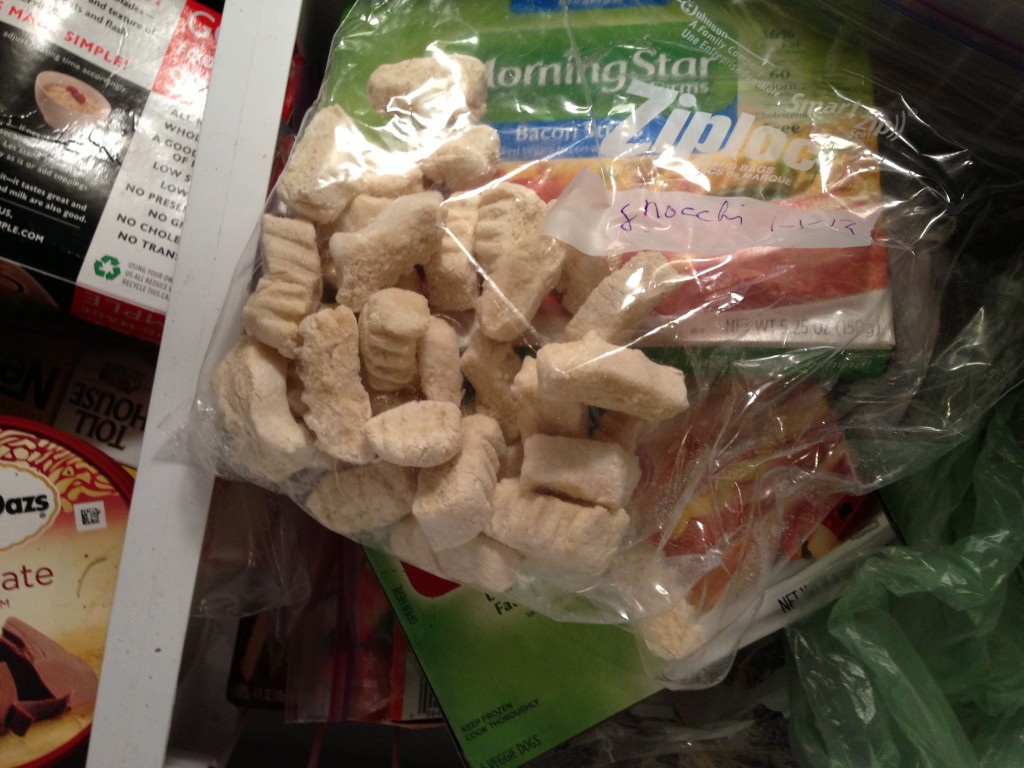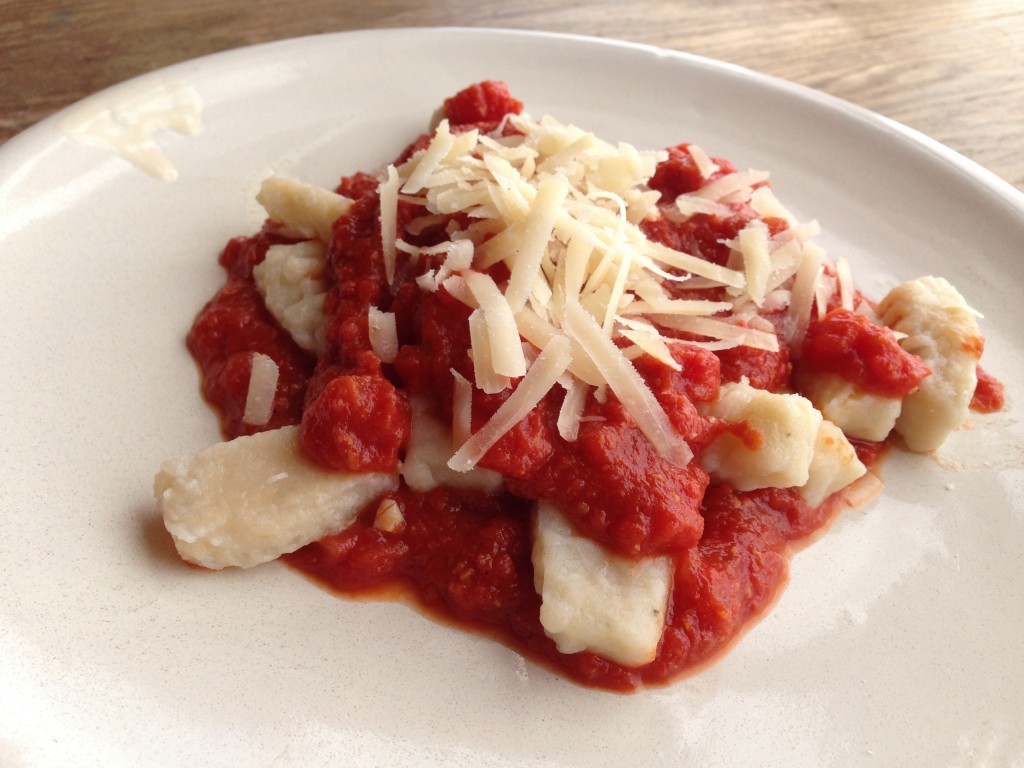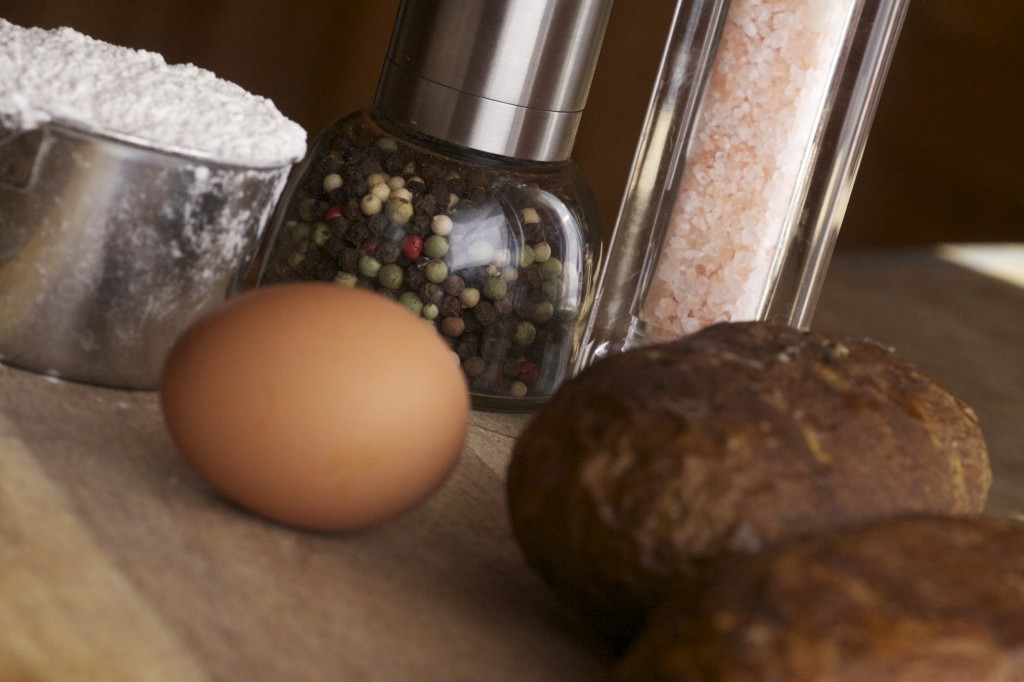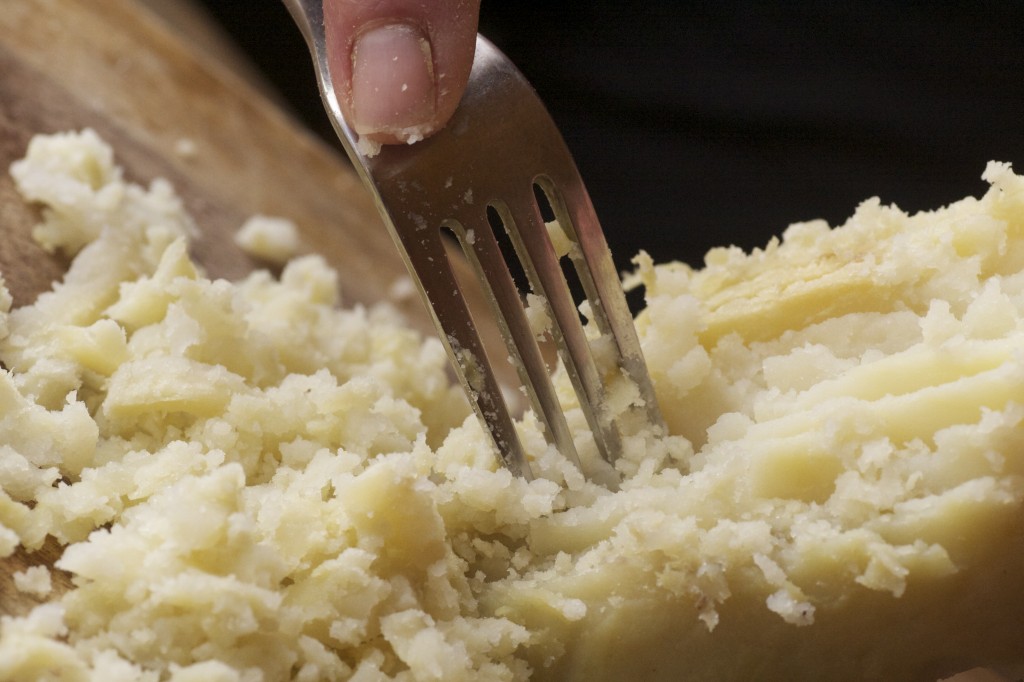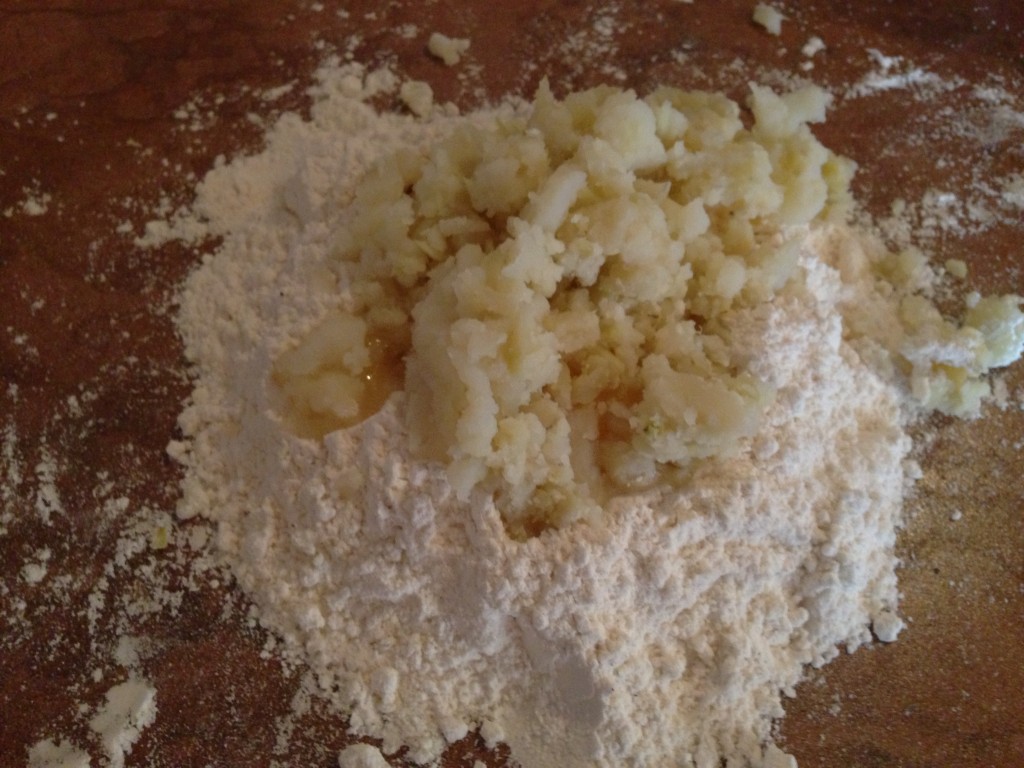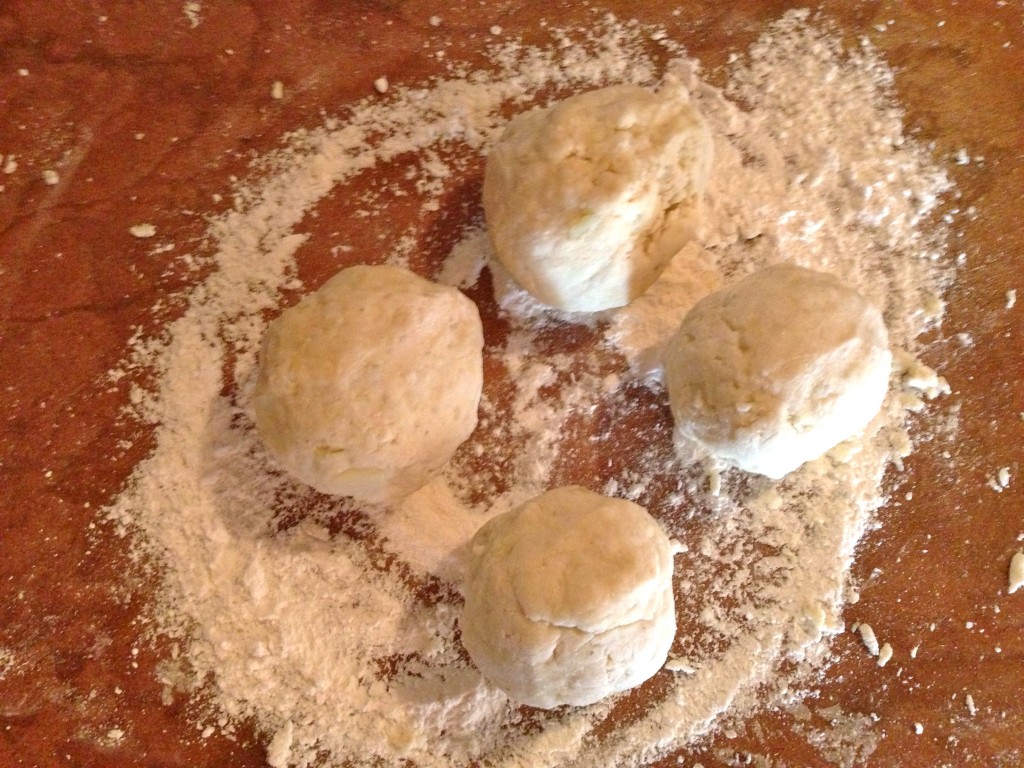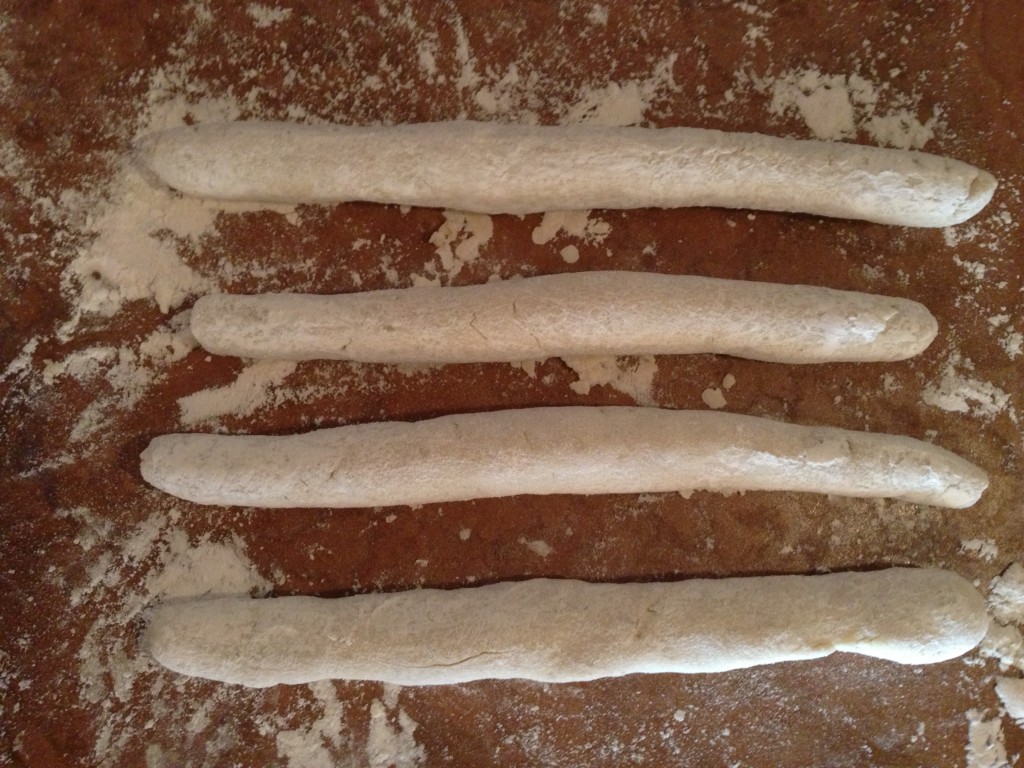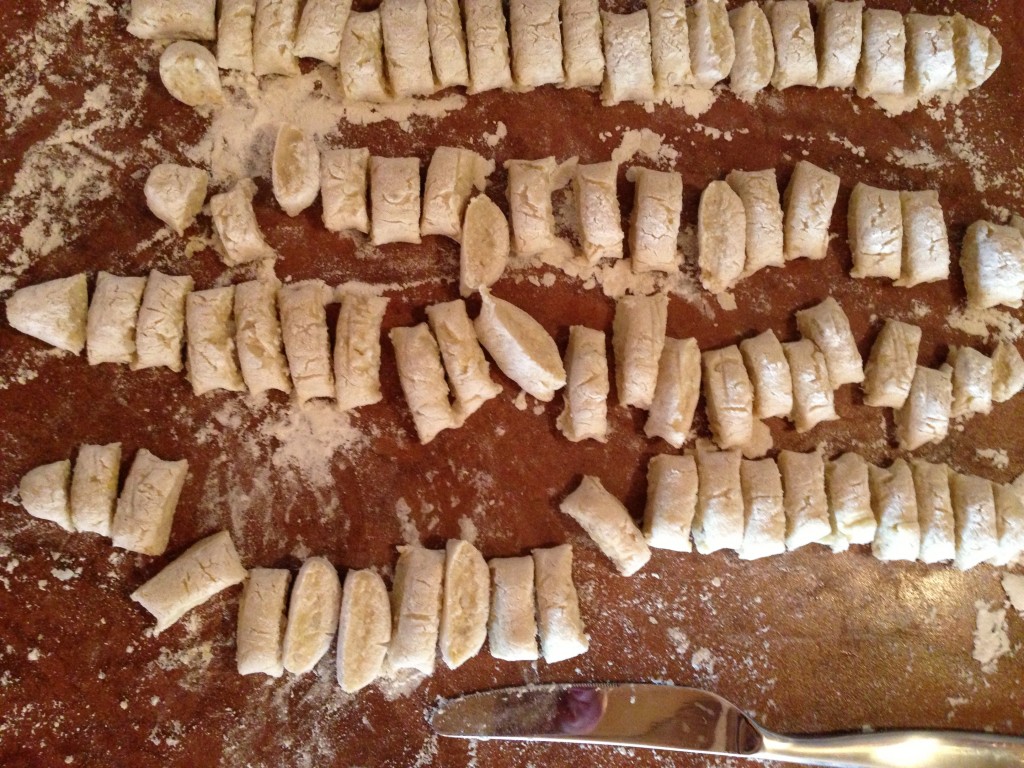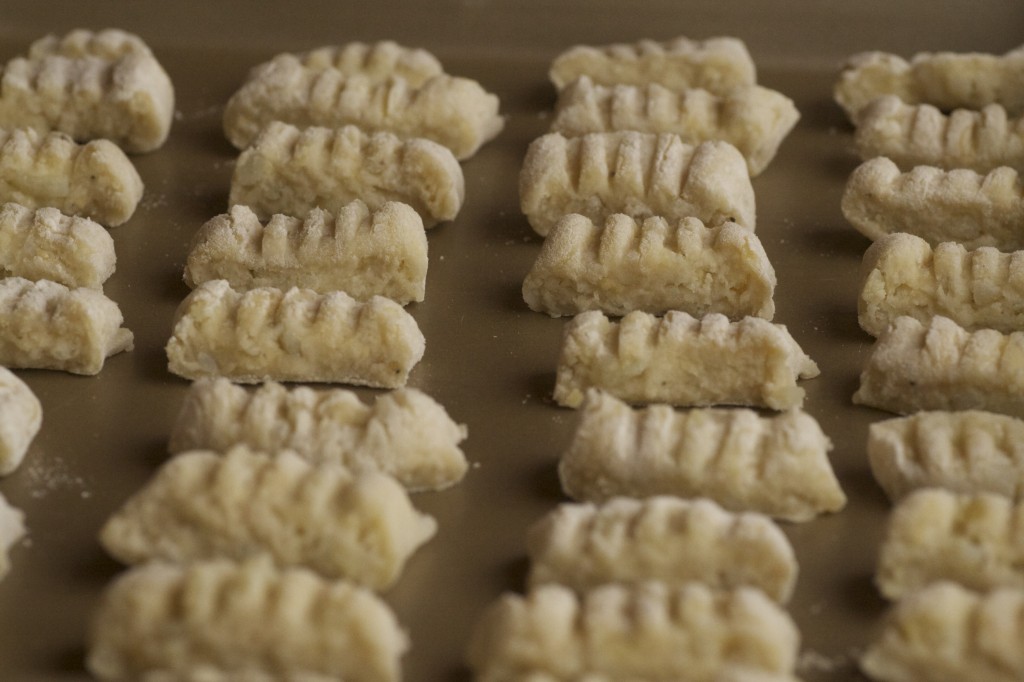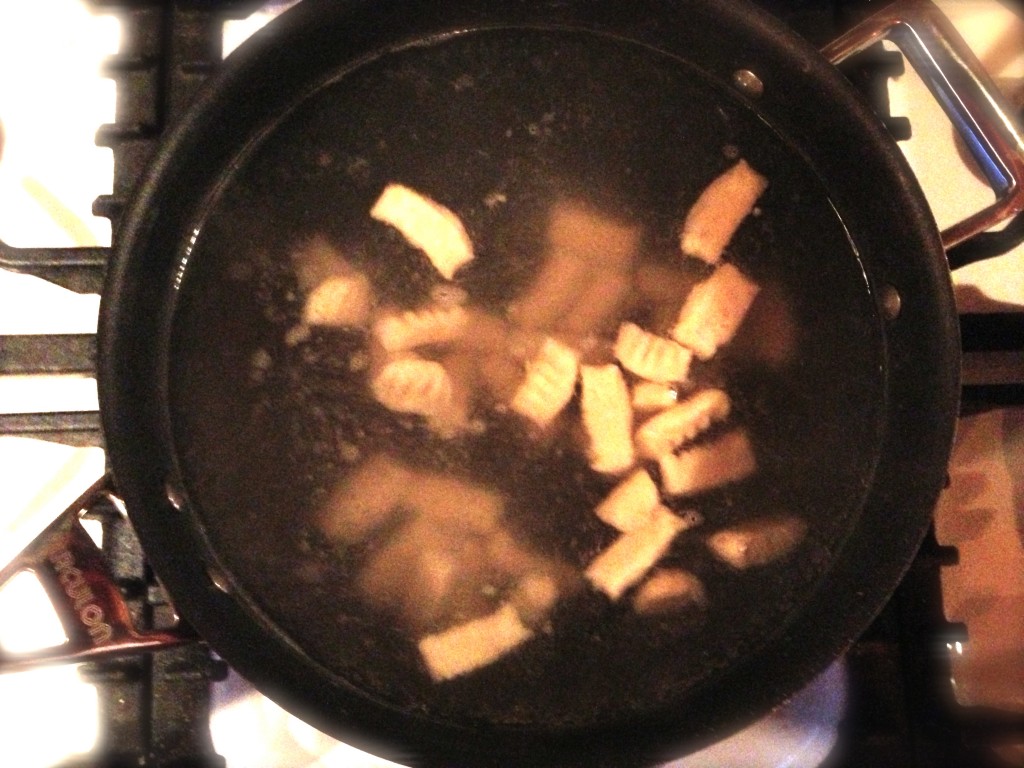I didn’t discover my love for camping until my early twenties. My first trip was a weeklong extravaganza at Ludington State Park on the shores of Lake Michigan. I was transformed and have been camping ever since.
My biggest trip so far was just before I moved to Dallas — I spent a month tent camping across the country, only staying in a hotel twice, and only eating out a handful of times. That trip took me from Pittsburgh Pennsylvania, to the Bad Lands and Black Hills of South Dakota, to the Grand Tetons and Yellowstone of Wyoming, and to Glacier National Park in Montana. I got really good at cooking camp food on that trip.
Camping is cooking over an open fire (or in my outdoor kitchen), sleeping in my tent, waking up in the fresh morning air, and creating community for a weekend with my tribe. Camping takes us back to our nomadic roots.
Cooking in the outdoors doesn’t have to be just a hot dog on a stick kind of thing — but a hotdog on a stick is a good thing when you have a month worth of camping meals to plan — vegetarian hotdogs of course.
When my clan gets together to camp, I plan the menu and assign items to everyone so we all contribute to creating breakfast, lunch, and dinner for our weekend getaways. I try to keep it healthy, and everyone brings fun stuff to snack on -whether it’s junk food, or in my case, chia seed and pumpkin muffins (more on those later).
Dinner on Saturday night is always a “bring what you want to grill on the fire” meal with assigned sides. People bring fish, chicken, and steaks. This weekend, I decided to make Salmon with Jasmine rice and mixed vegetables. I made the rice and marinade for the salmon at home the night before we left, and brought it along in zip lock bags. I’ve also made the rice and marinade at the campsite when on the road for a longer period of time. After breakfast on Saturday morning, I put the fish in the marinade and let it absorb the sweet and savory flavors all day long. At dinner time, I cooked the one dish meal on the fire in a large disposable foil pan, so we didn’t have to deal with cleaning up any mess later.
This weekend, we’re doing what I call urban camping and staying close to home (thirty minutes from my house in East Dallas). We’re at Cedar Hill State Park . This is camping on the prairie in all it’s Texas glory. Prairie camping aside, being close to the city makes it easy for friends who aren’t campers to come hang out for the day. They eat, drink, partake in nature, then pack it back into the city to their beds for the night.
Cooking in the outdoors is easy. It takes a little planning and some know how with a fire or with a coleman stove, but if you have a way to cook it, you can do it.
Salmon & Jasmine Rice with Mixed Vegetables
Choosing Salmon:
4 salmon filets — I prefer wild caught Alaskan salmon, and I ask the guys at the fish counter to take out the tiny line of bones.
Marinade Ingredients:
2/3 cups soy sauce
5 tbsp agave nectar (or pure maple syrup, or honey, or live large, and go with brown sugar)
2 tbs sesame seeds
1 tsp garlic powder
pinch cayenne pepper
Marinate the Salmon:
Mix together all ingredients and cover each piece of fish completely with the marinade. Cover the dish and put it in the refrigerator. Let the fish marinate for at least three hours– the longer the better. I like to let it marinate all day.
Rice Ingredients:
1 cup brown jasmine rice
1 3/4 cup water
1/2 tsp Better Than Bouillon vegetable bouillon
Making the Rice:
Put all ingredients into a medium saucepan and bring to a boil over high heat. When the rice begins to boil, reduce heat and cover. Simmer for 40 minutes. When done, turn off the heat and let it sit covered for ten minutes. Fluff with a fork and refrigerate until ready to assemble all of the ingredients for cooking.
Getting Ready to Cook on the Fire:
When we camp, we keep a fire going from the minute we get set up until the minute we’re done taking it all down. Come Saturday night, we have plenty of good hot coals for cooking.
If you aren’t a fire person, then get a good hot fire going sometime mid afternoon, so you have enough hot coals to work with to make your dinner. Or if you’re really not a fire person in any way, use a Coleman skillet — a great all purpose kitchen “stove” to have in addition to a regular Coleman Stove.
If you want to cook on the fire, spread hot coals in an even layer so your foil pan can rest on top of the hot coals without falling over. Don’t place your foil pan directly on flames.
Preparing the Vegetables:
Chop vegetables of your choice — I like using:
1 zucchini
1 yellow squash
1/4 sweet yellow onion or purple onion
6 sweet mini peppers
Mix the rice and vegetables in the bottom of the foil pan. Place the salmon on top of the rice and cover with foil. Put the pan on top of the hot coals and let it cook. Remove it from the heat in 15 minutes. Lift the foil and check for doneness. It may require another 5 minutes depending on the heat of your coals and how rare or well done you like your salmon. I like mine done, but not overcooked.
Serves 4
Making this Dish at Home:
Preheat oven to 425° and grease a 13 by 9 baking dish
Combine ingredients as described above and bake covered for 15 minutes.
 Print This Post
Print This Post

